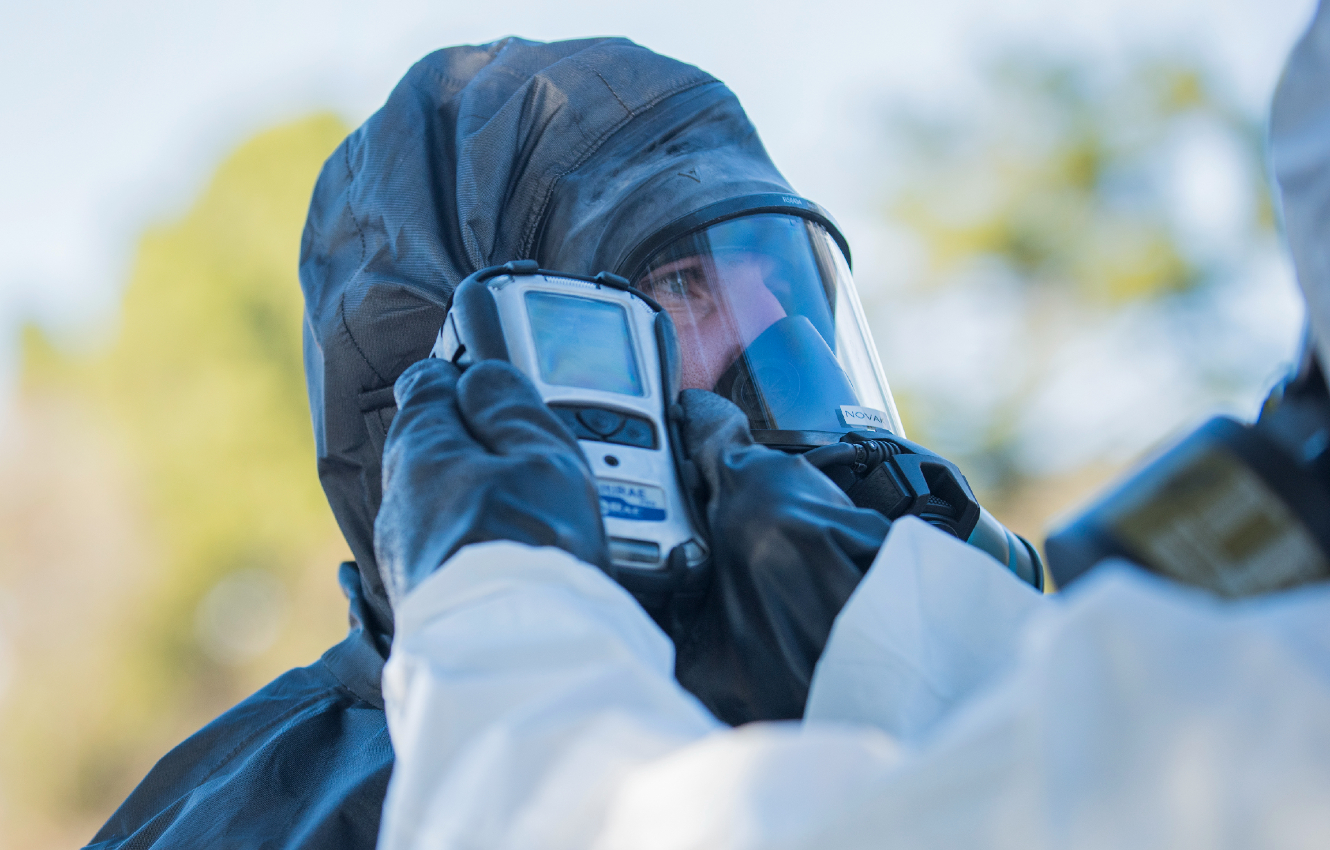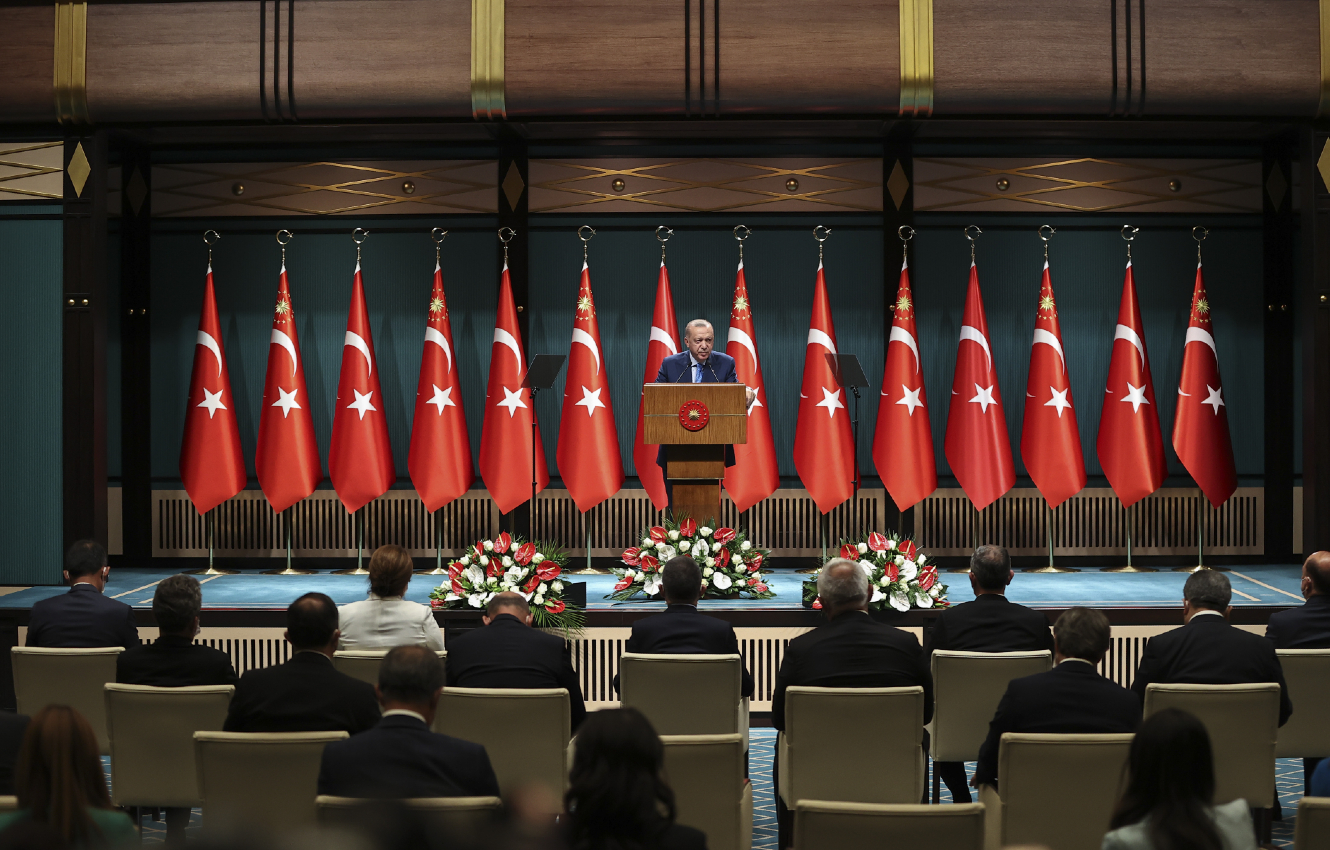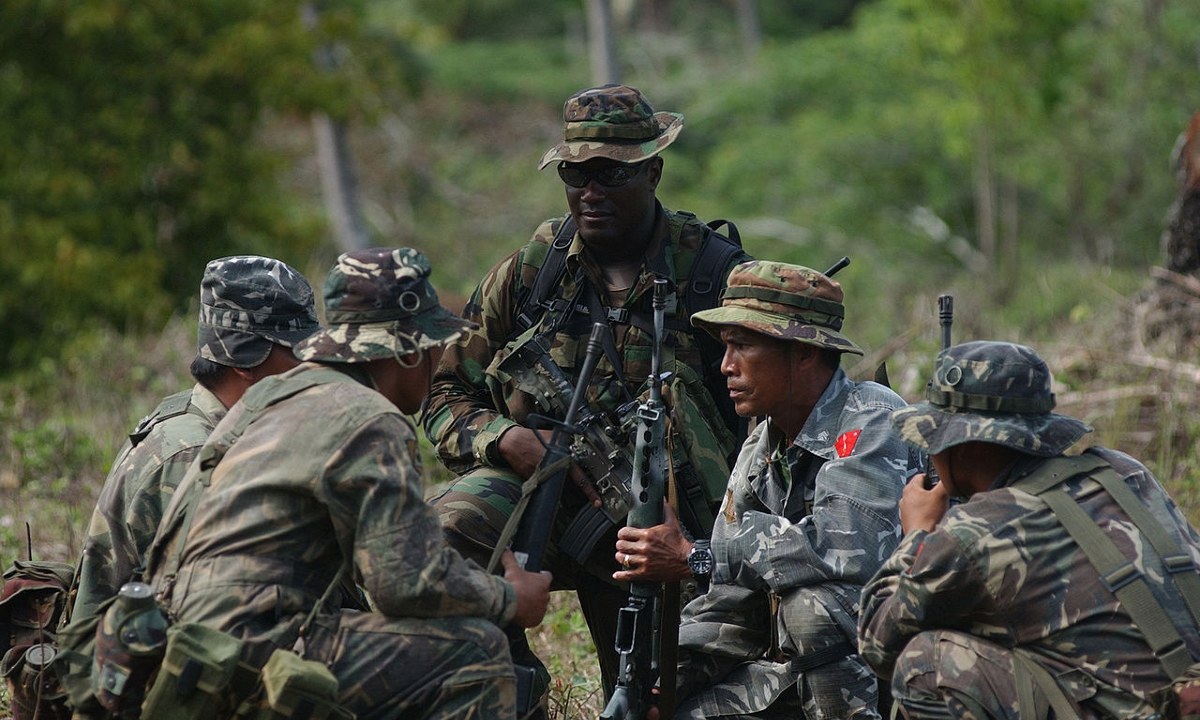(490) 09-11-2021-to-09-17-2021__****THE****WINDS****of****WAR****
(491) 09-18-2021-to-09-24-2021__****THE****WINDS****of****WAR****
(492) 09-25-2021-to-10-01-2021__****THE****WINDS****of****WAR****
__________________________________________________
Would you buy a used car from these people at Brookings?......(Of course it is a Pakistani on-line source)......
Posted for fair use.....

Pakistan can repel militants, protect nukes, says US report
Anwar Iqbal
Published October 2, 2021 - Updated about 7 hours ago
35
WASHINGTON: Pakistan is capable of repelling any ‘jihadi’ attempt to seize power and of protecting its nuclear weapons, says a report by a prestigious US think-tank.
The Brookings report — “The Agonising Problem of Pakistan’s Nukes” — argues that the Taliban victory in Afghanistan has emboldened militants in Pakistan, stirring fears of a resurgence of militant activities in the country.
“The fear now includes the possibility that jihadis in Pakistan, freshly inspired by the Taliban victory in Afghanistan, might try to seize power at home,” the report claims.
“Trying, of course, is not the same as succeeding. If history is a reliable guide, Pakistan’s professional military would almost certainly respond, and in time probably succeed,” the author, Marvin Kalb, adds.
But the report warns that even a failed attempt could reopen “the floodgates of a new round of domestic warfare between the government and extremist gangs.”
The Brookings report warns that a resurgent insurgency would “leave Pakistan again shaken by political and economic uncertainty.”
The report then turns to another possibility that Pakistan has often warned against — instability in South Asia increases the possibility of a nuclear conflict in the region. Pakistan uses this argument to strengthen its demand for international arbitration to settle the Kashmir and other disputes in India.
The Brookings report does not mention the Kashmir dispute but it acknowledges that “when Pakistan is shaken, so too is India, its less than neighbourly rival and nuclear competitor.”
Change in Kabul
Going back to the Taliban victory in Afghanistan, the report claims that the development has increased the possibility of a “terrorist regime” in Pakistan “from a fear into a strategic challenge that no American president can afford to ignore.”
The report, however, notes that Pakistan’s political and military leaders have assured a succession of “anxious (American) presidents” that this cannot happen as the country is strong enough to fight back the militants.
The report also notes that Pakistan’s security establishment has always closely watched various terrorist groups operating in the country.
Pakistani officials tell their American counterparts that “whether it be Tehreek-i-Taliban Pakistan, the Haqqani network, Lashkar-e-Taiba, Tehreek-i-Labaik, (they are) under our constant surveillance, checked and rechecked.
“We keep a close eye on everything, even the madrassas, where more than 2 million students are more likely studying sharia law than economics or history. We know who these terrorists are and what they’re doing, and we’re ready to take immediate action.”
Despite such assurances, the report claims, the United States remains concerned about Pakistan’s nukes. “Ever since May 1998, when Pakistan first began testing nuclear weapons, American presidents have been haunted by the fear that Pakistan’s stockpile of nukes would fall into the wrong hands,” the report adds.
The report argues that since the recent debacle in Afghanistan, and Pakistan’s alleged role in it “serious questions have been raised about America’s embarrassing predisposition to look the other way.”
Published in Dawn, October 2nd, 2021
(491) 09-18-2021-to-09-24-2021__****THE****WINDS****of****WAR****
(492) 09-25-2021-to-10-01-2021__****THE****WINDS****of****WAR****
__________________________________________________
Would you buy a used car from these people at Brookings?......(Of course it is a Pakistani on-line source)......
Posted for fair use.....

Pakistan can repel militants, protect nukes, says US report
Brookings report argues that Taliban victory in Afghanistan has emboldened militants in Pakistan, "who might try to seize power".
www.dawn.com
Pakistan can repel militants, protect nukes, says US report
Anwar Iqbal
Published October 2, 2021 - Updated about 7 hours ago
35
WASHINGTON: Pakistan is capable of repelling any ‘jihadi’ attempt to seize power and of protecting its nuclear weapons, says a report by a prestigious US think-tank.
The Brookings report — “The Agonising Problem of Pakistan’s Nukes” — argues that the Taliban victory in Afghanistan has emboldened militants in Pakistan, stirring fears of a resurgence of militant activities in the country.
“The fear now includes the possibility that jihadis in Pakistan, freshly inspired by the Taliban victory in Afghanistan, might try to seize power at home,” the report claims.
“Trying, of course, is not the same as succeeding. If history is a reliable guide, Pakistan’s professional military would almost certainly respond, and in time probably succeed,” the author, Marvin Kalb, adds.
But the report warns that even a failed attempt could reopen “the floodgates of a new round of domestic warfare between the government and extremist gangs.”
The Brookings report warns that a resurgent insurgency would “leave Pakistan again shaken by political and economic uncertainty.”
The report then turns to another possibility that Pakistan has often warned against — instability in South Asia increases the possibility of a nuclear conflict in the region. Pakistan uses this argument to strengthen its demand for international arbitration to settle the Kashmir and other disputes in India.
The Brookings report does not mention the Kashmir dispute but it acknowledges that “when Pakistan is shaken, so too is India, its less than neighbourly rival and nuclear competitor.”
Change in Kabul
Going back to the Taliban victory in Afghanistan, the report claims that the development has increased the possibility of a “terrorist regime” in Pakistan “from a fear into a strategic challenge that no American president can afford to ignore.”
The report, however, notes that Pakistan’s political and military leaders have assured a succession of “anxious (American) presidents” that this cannot happen as the country is strong enough to fight back the militants.
The report also notes that Pakistan’s security establishment has always closely watched various terrorist groups operating in the country.
Pakistani officials tell their American counterparts that “whether it be Tehreek-i-Taliban Pakistan, the Haqqani network, Lashkar-e-Taiba, Tehreek-i-Labaik, (they are) under our constant surveillance, checked and rechecked.
“We keep a close eye on everything, even the madrassas, where more than 2 million students are more likely studying sharia law than economics or history. We know who these terrorists are and what they’re doing, and we’re ready to take immediate action.”
Despite such assurances, the report claims, the United States remains concerned about Pakistan’s nukes. “Ever since May 1998, when Pakistan first began testing nuclear weapons, American presidents have been haunted by the fear that Pakistan’s stockpile of nukes would fall into the wrong hands,” the report adds.
The report argues that since the recent debacle in Afghanistan, and Pakistan’s alleged role in it “serious questions have been raised about America’s embarrassing predisposition to look the other way.”
Published in Dawn, October 2nd, 2021

:quality(70)/cloudfront-us-east-1.images.arcpublishing.com/archetype/SEYPHJMOEJBJ5BAMF3M4NZ3HEE.jpg)
:quality(70)/cloudfront-us-east-1.images.arcpublishing.com/mco/SEYPHJMOEJBJ5BAMF3M4NZ3HEE.jpg)
:quality(70)/cloudfront-us-east-1.images.arcpublishing.com/mco/YS2SGNCP6NF5BG63WKE53L7WH4.jpg)
:quality(70)/cloudfront-us-east-1.images.arcpublishing.com/mco/F3QWGKFNM5DYNLX7RCX6MVFFFM.jpg)
:quality(70)/cloudfront-us-east-1.images.arcpublishing.com/mco/M34WM2W2DBALPI4YTDXI3QZKDI.JPG)
:quality(70)/cloudfront-us-east-1.images.arcpublishing.com/mco/3KVBU7KYUJHXFD3UTAXVFNZU7U.jpg)





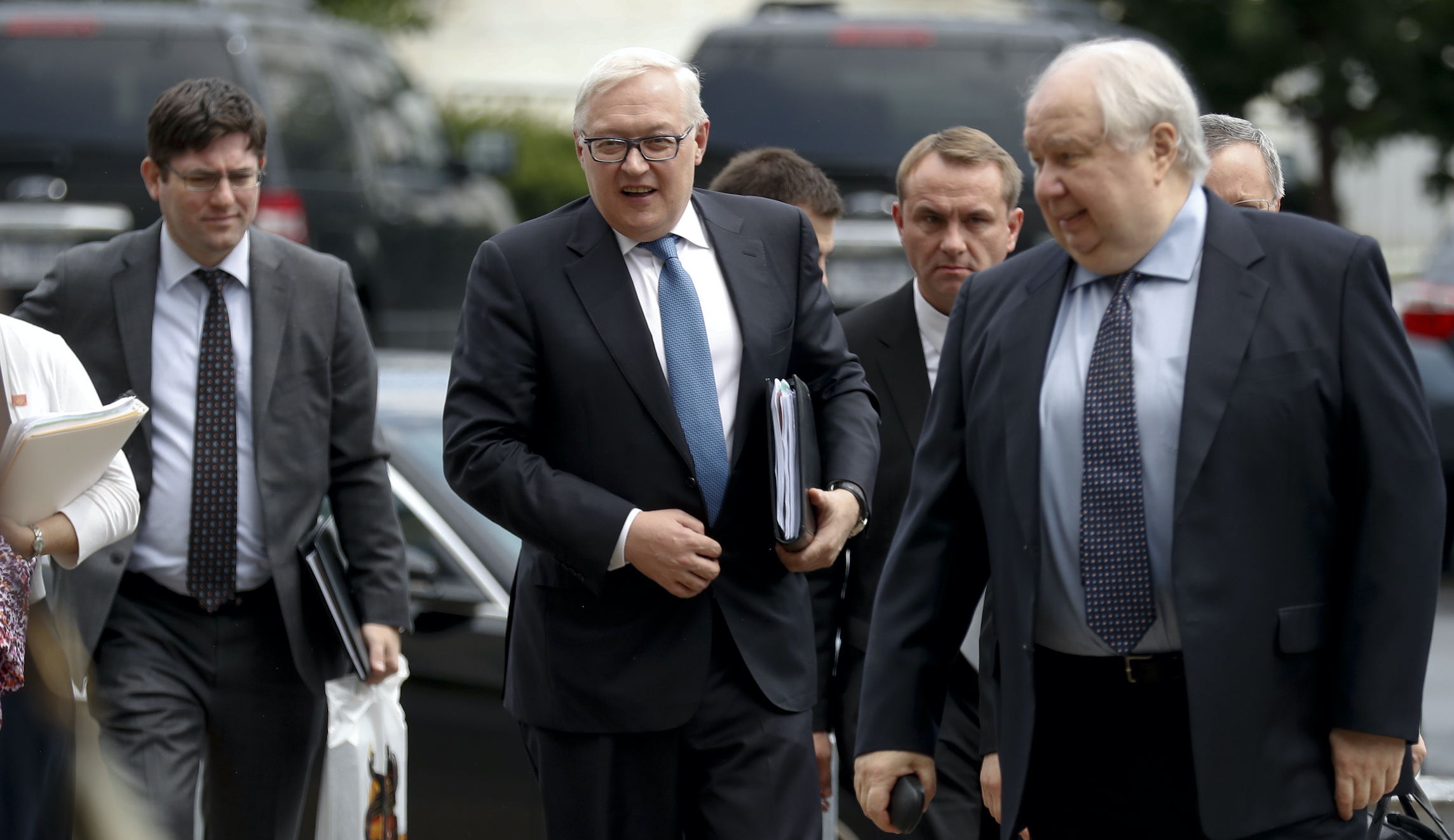


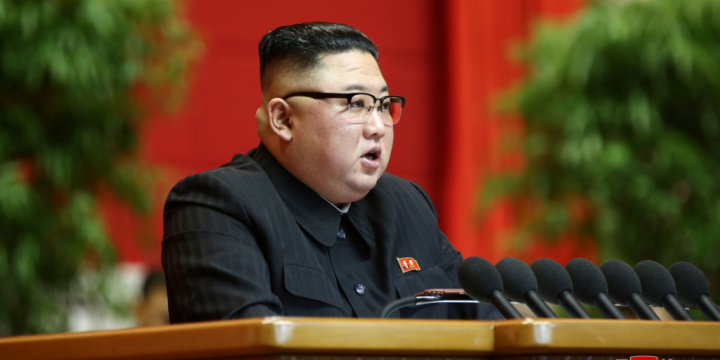
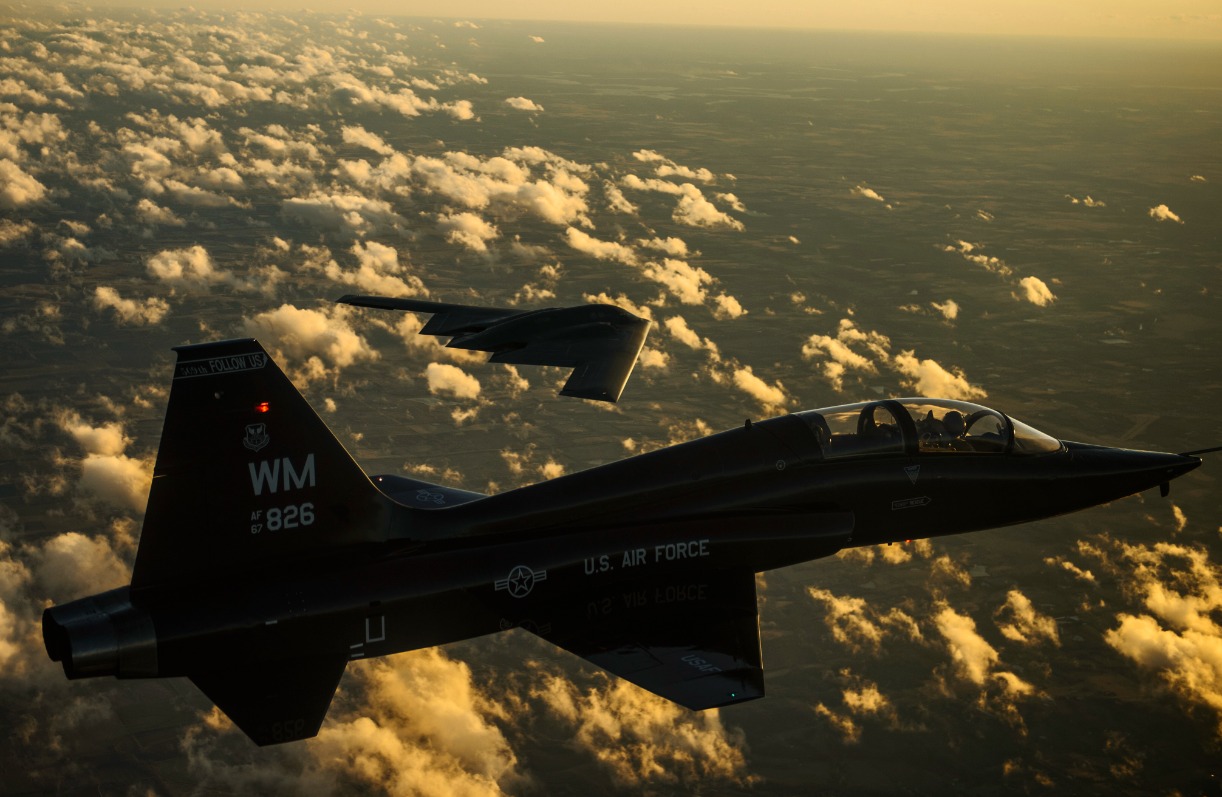


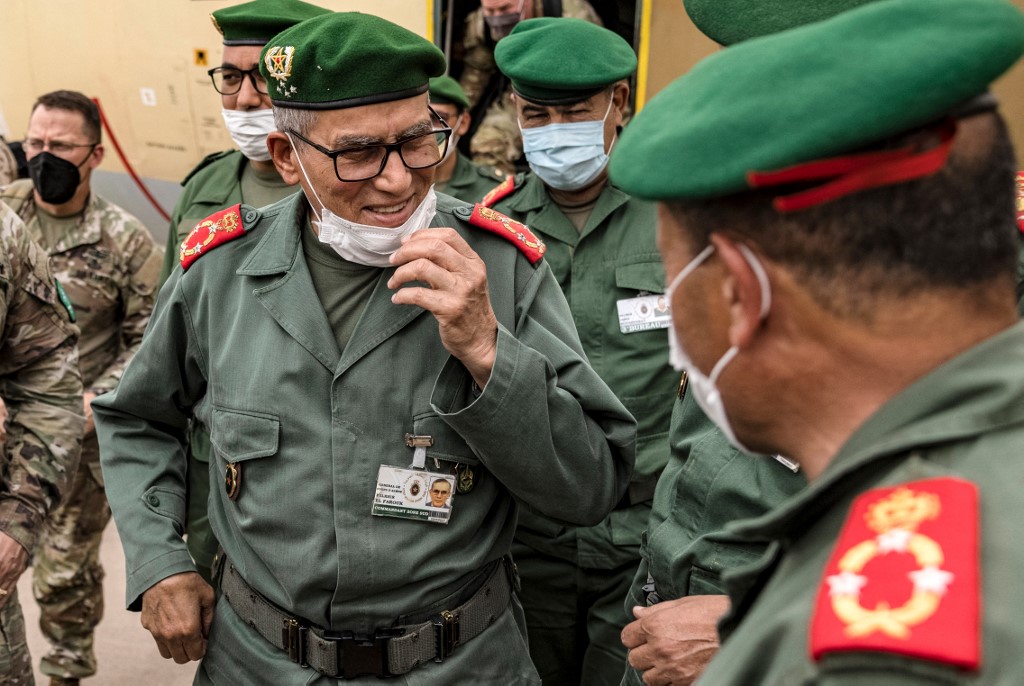
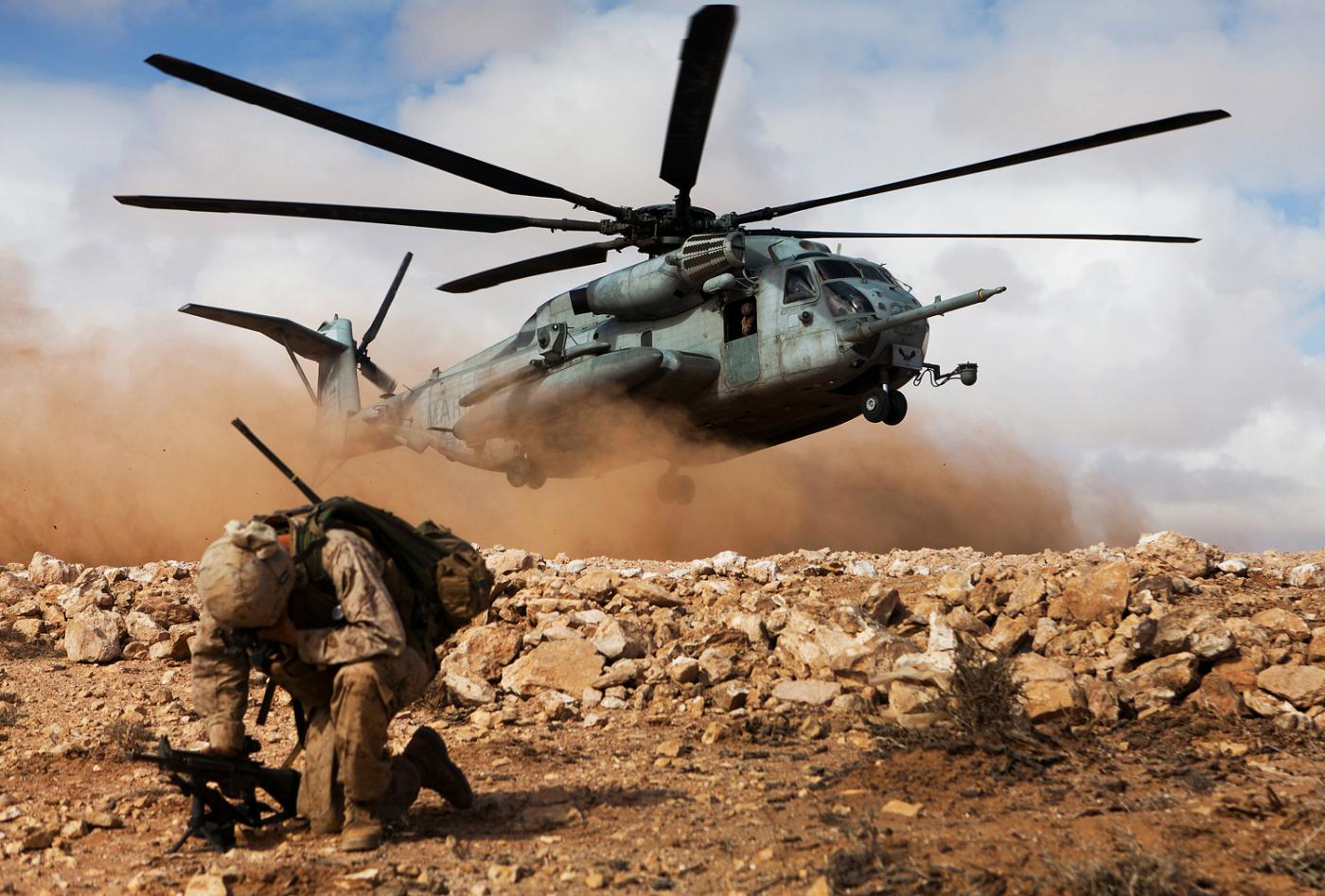




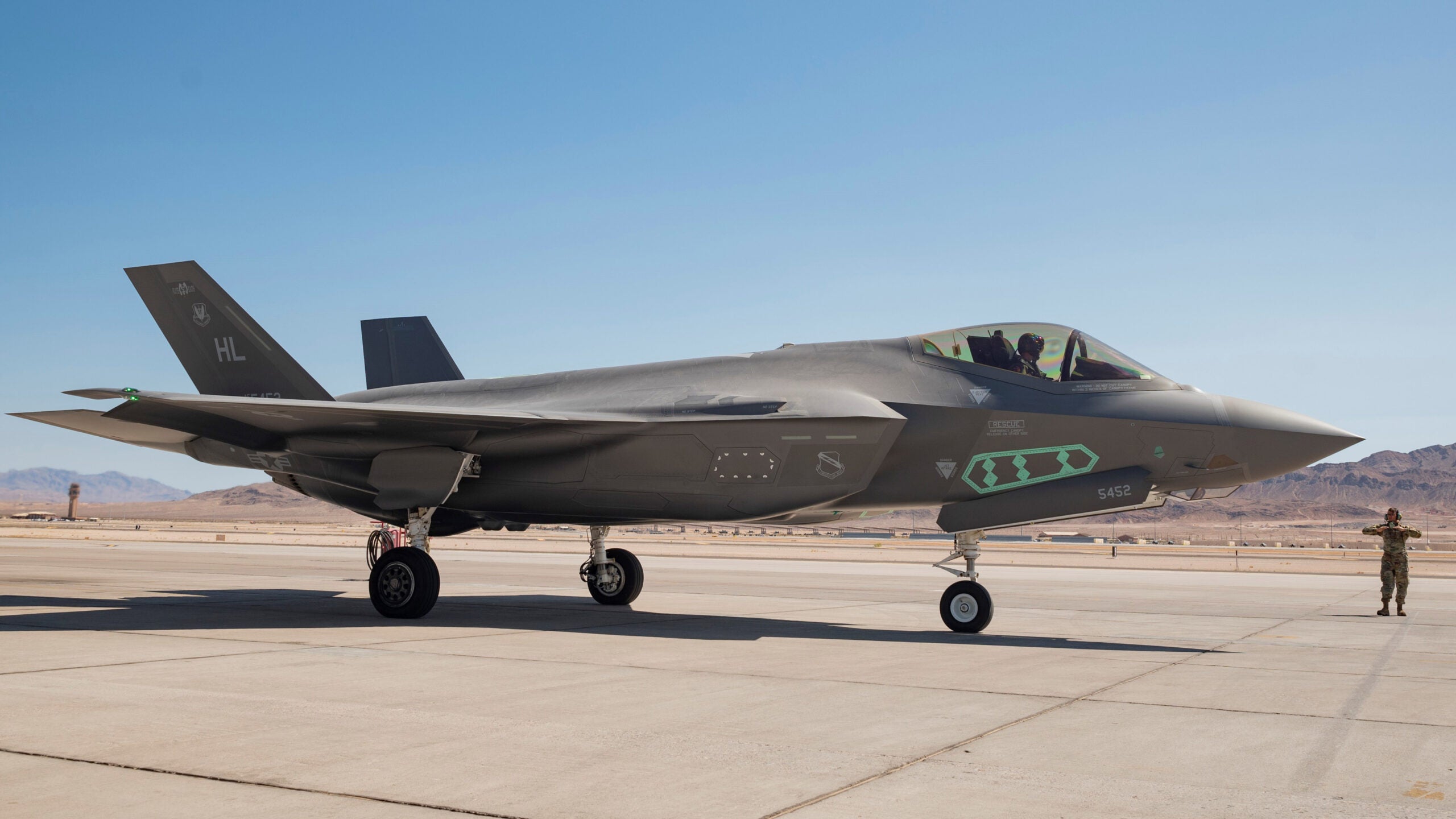
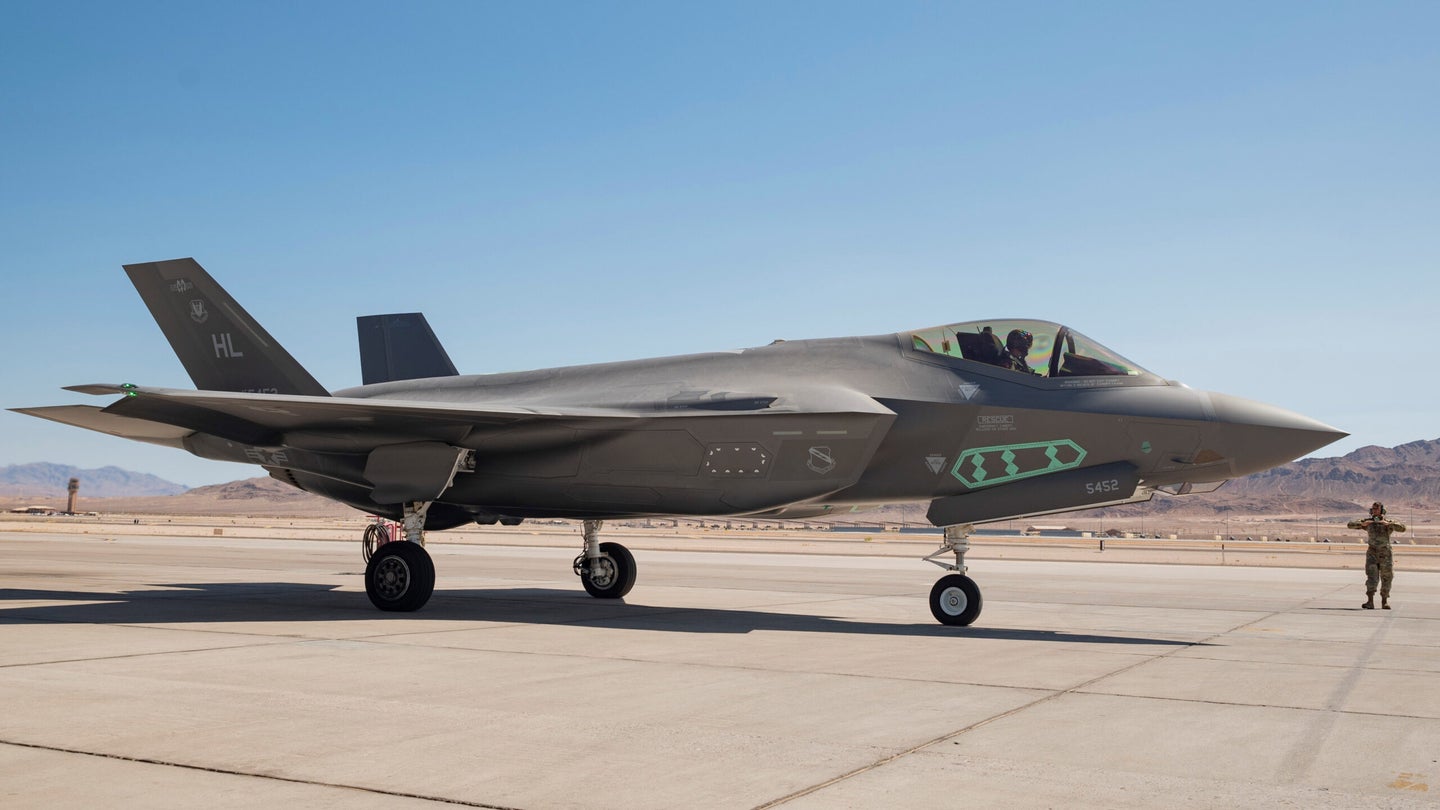
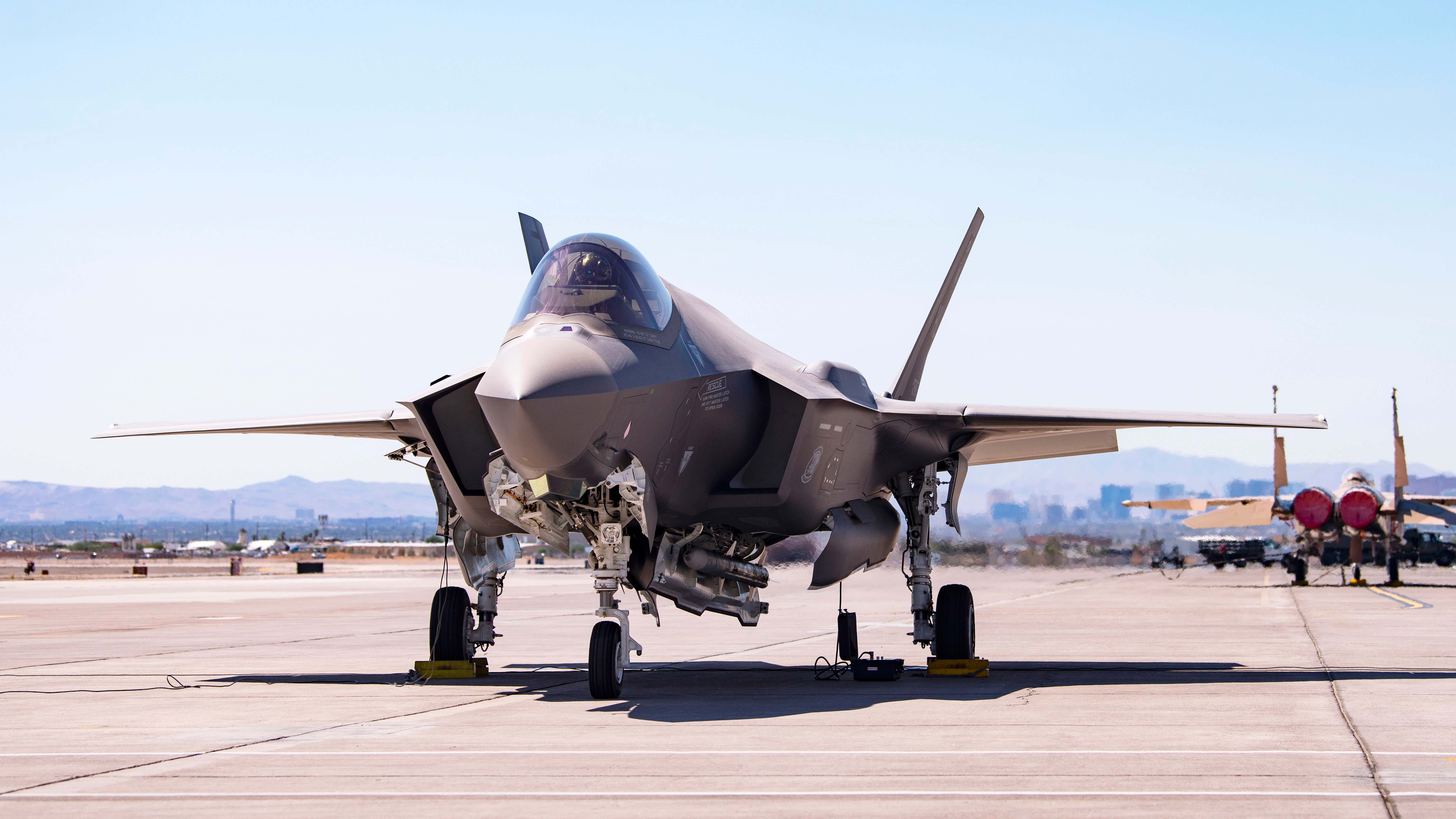
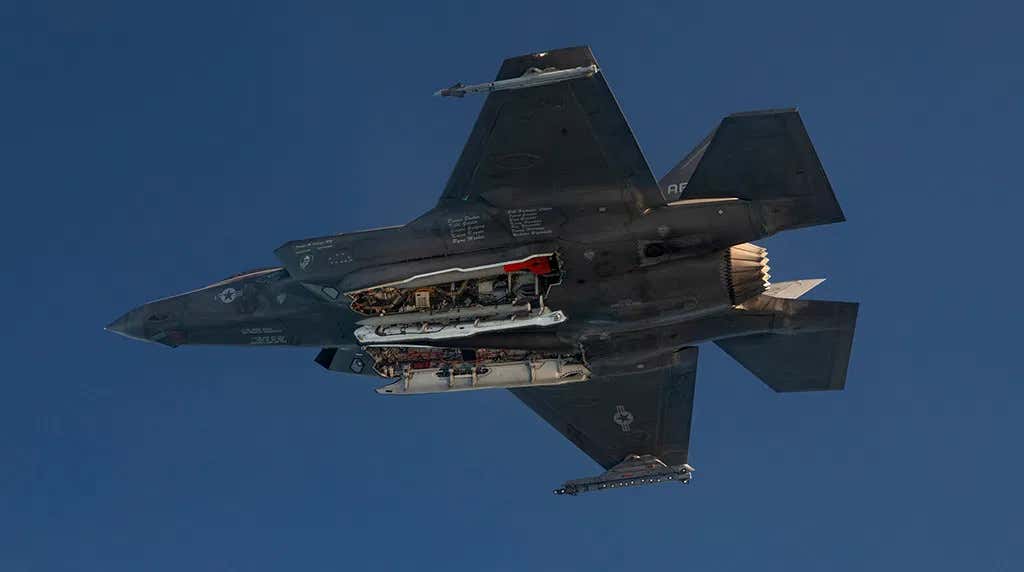
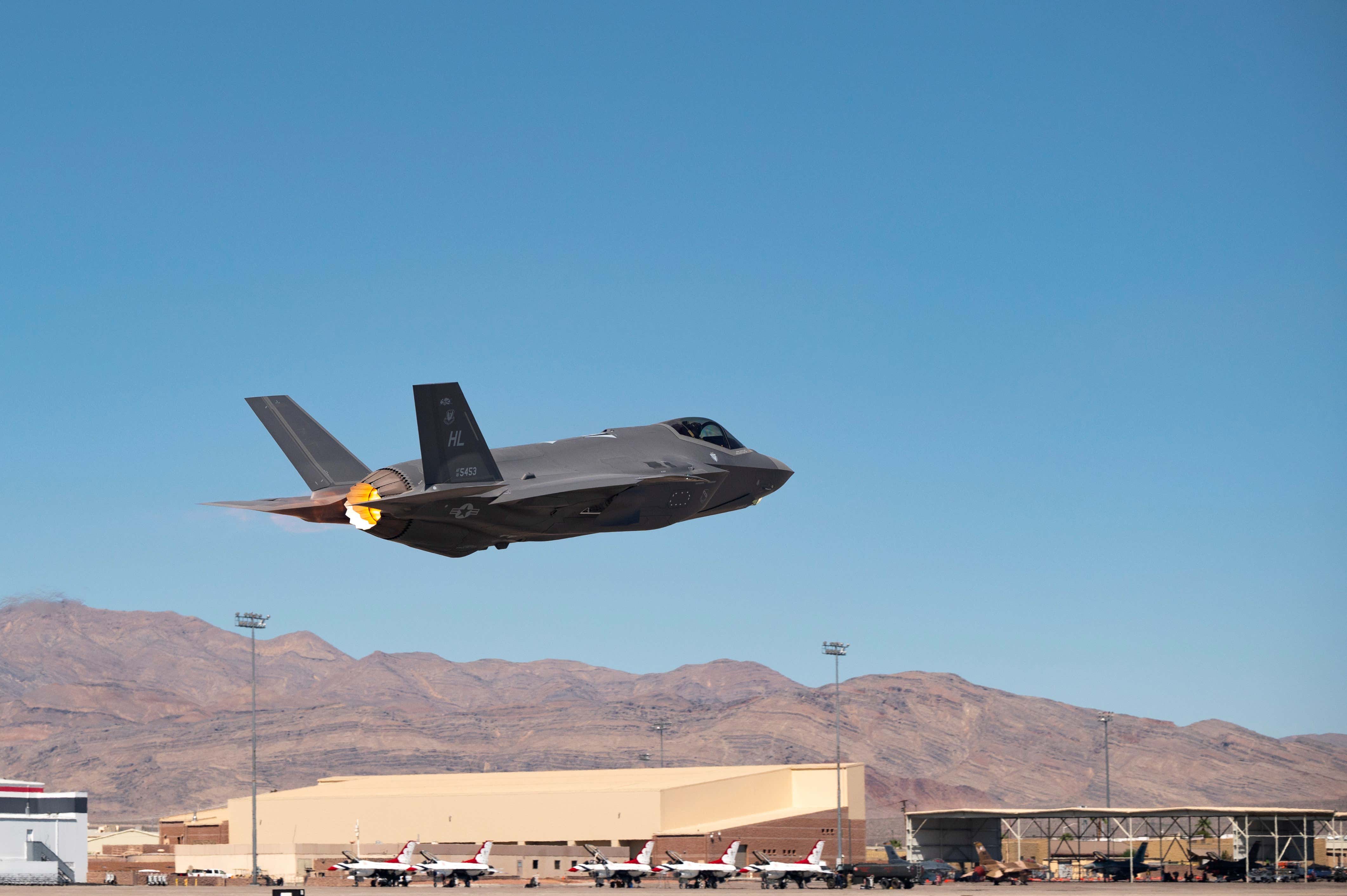
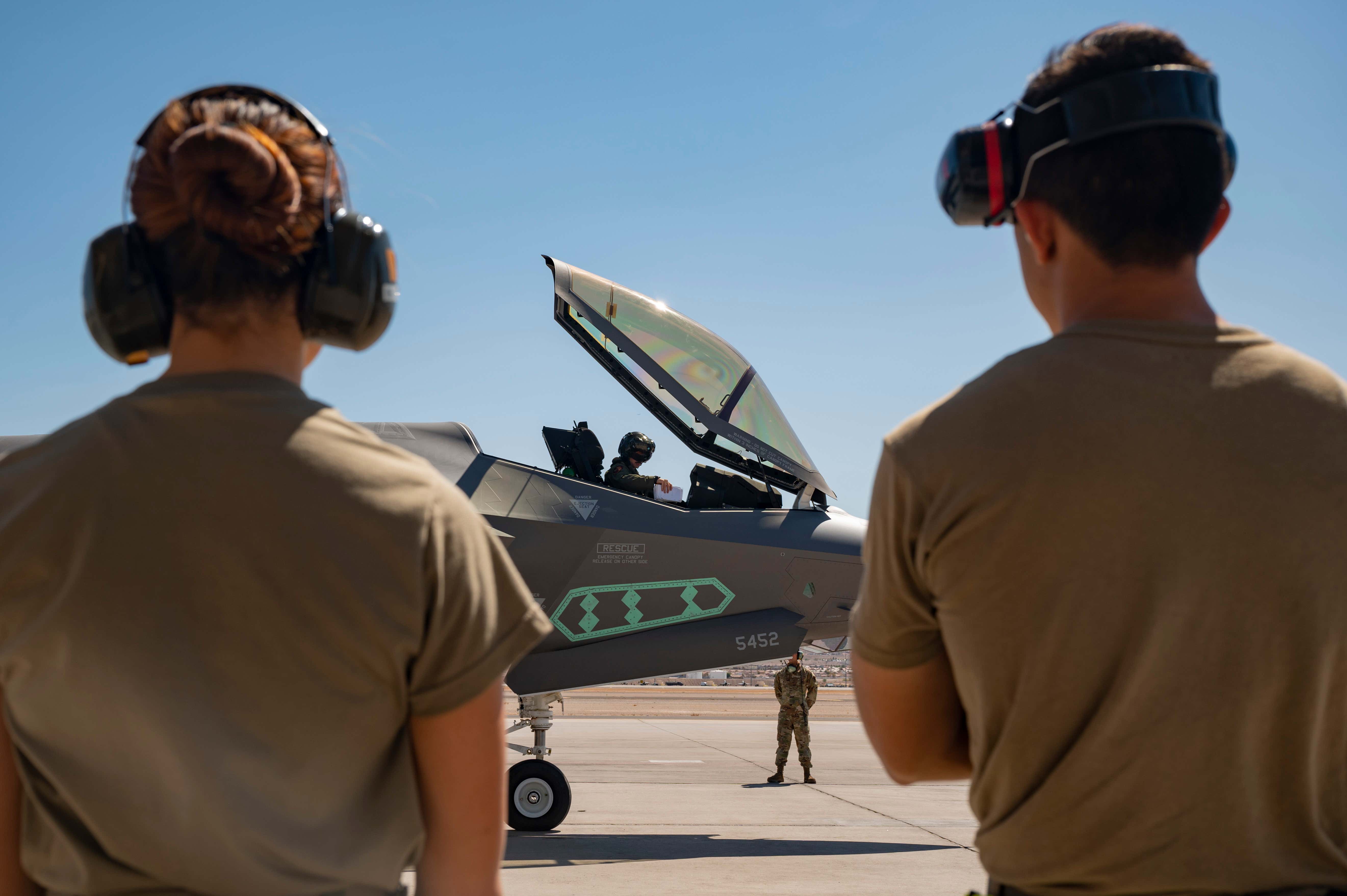
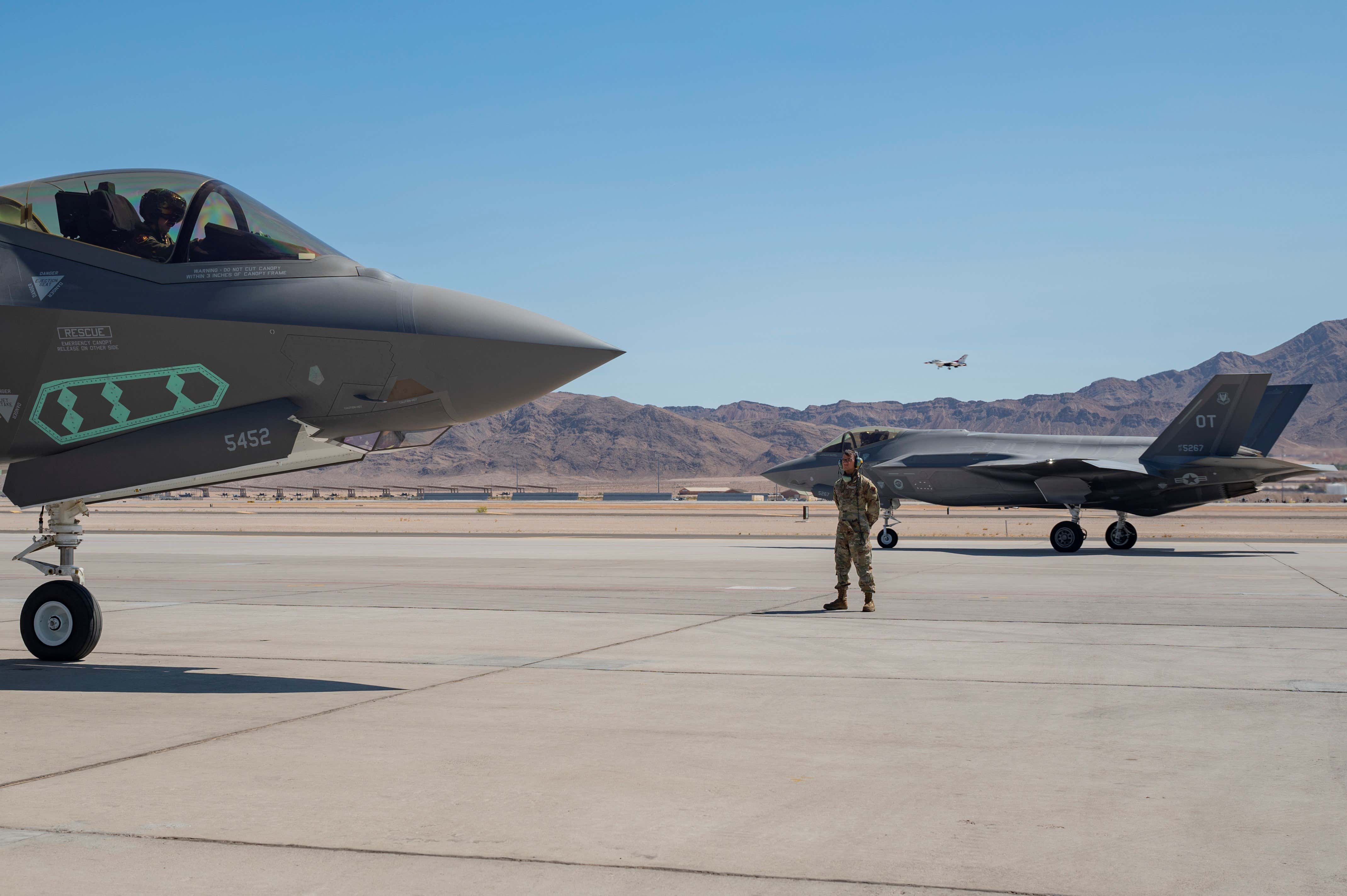
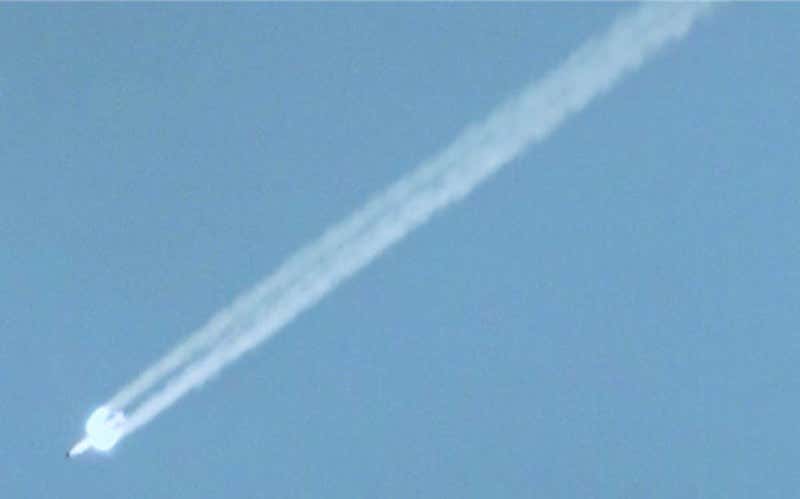
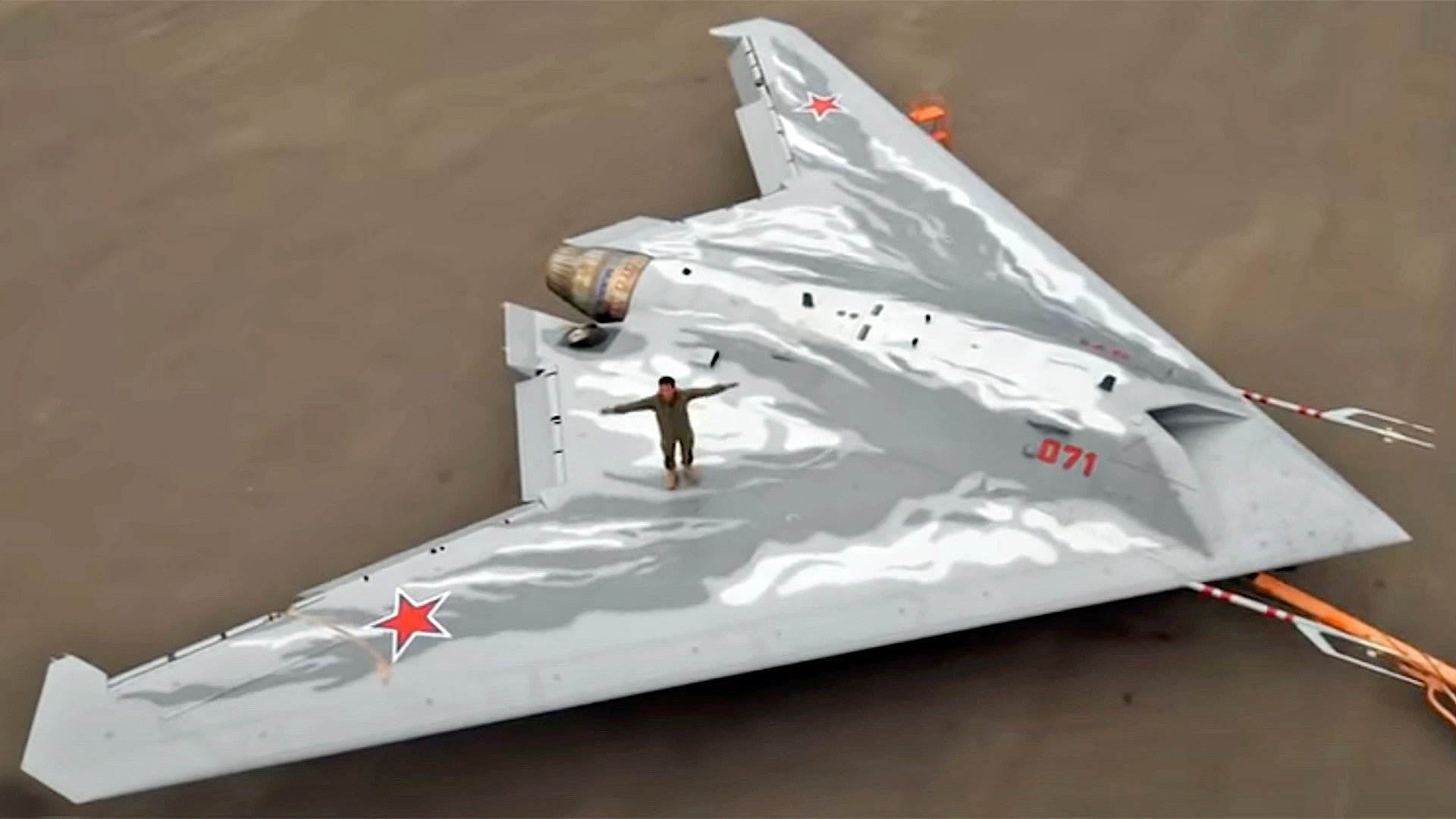
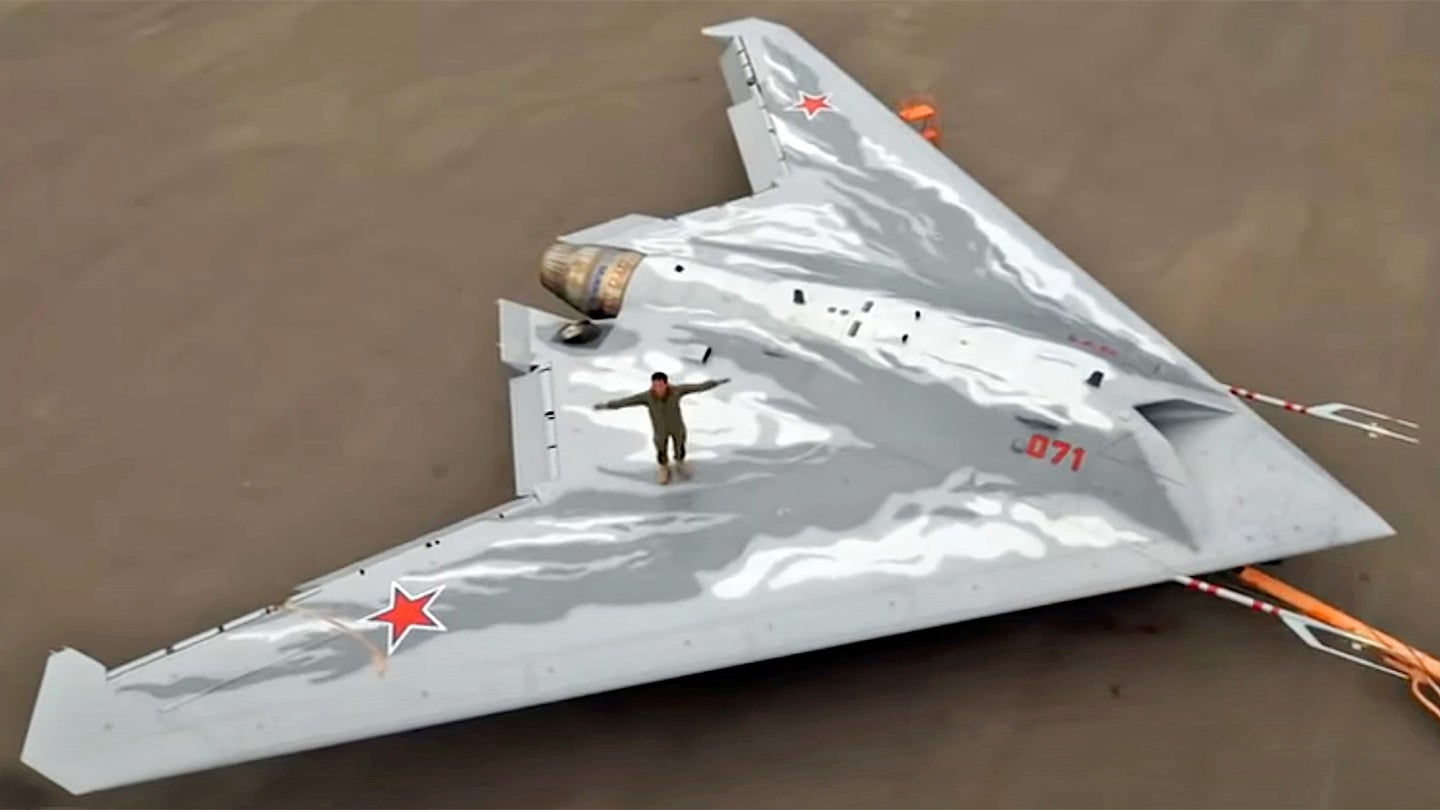
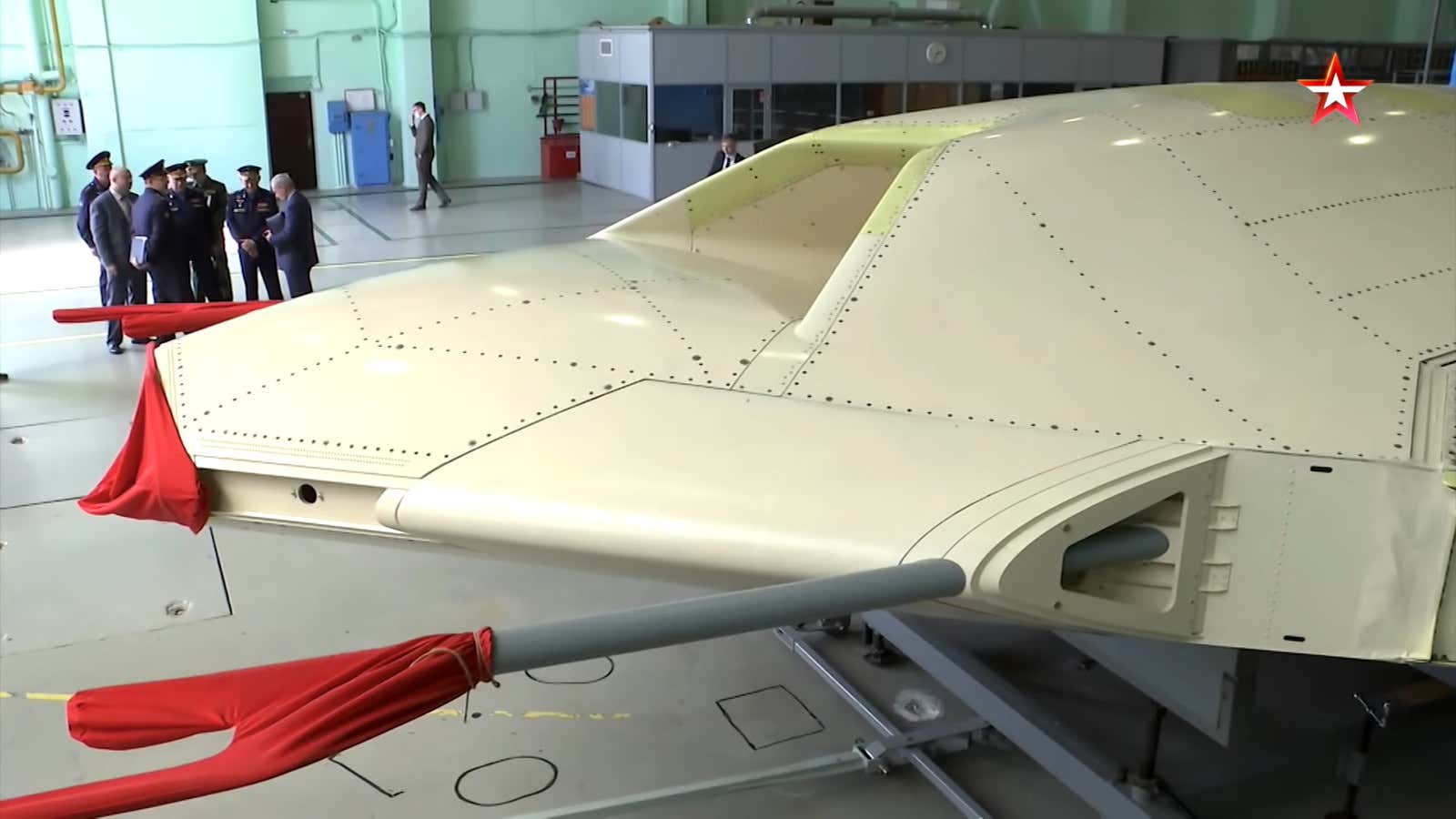
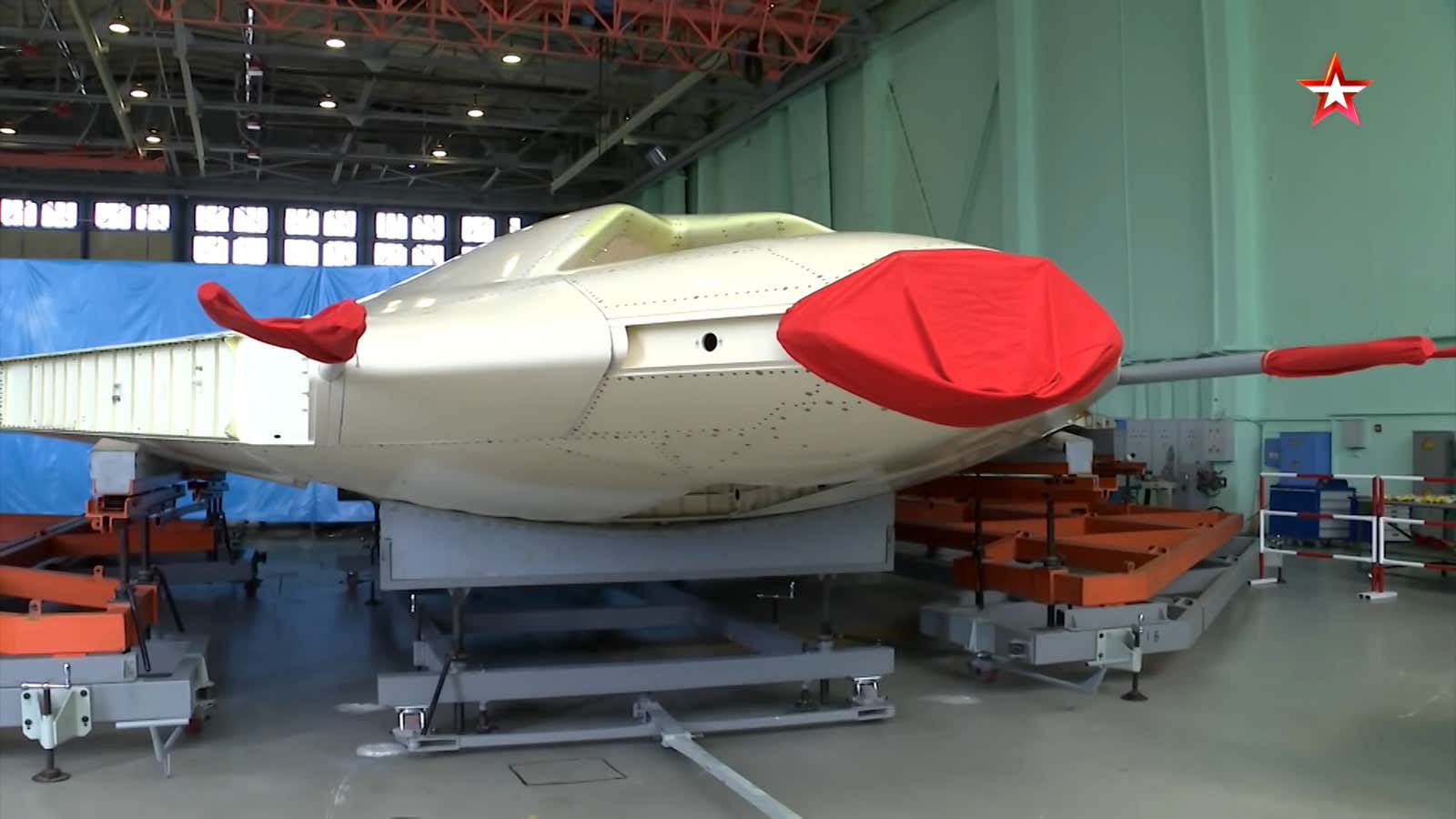
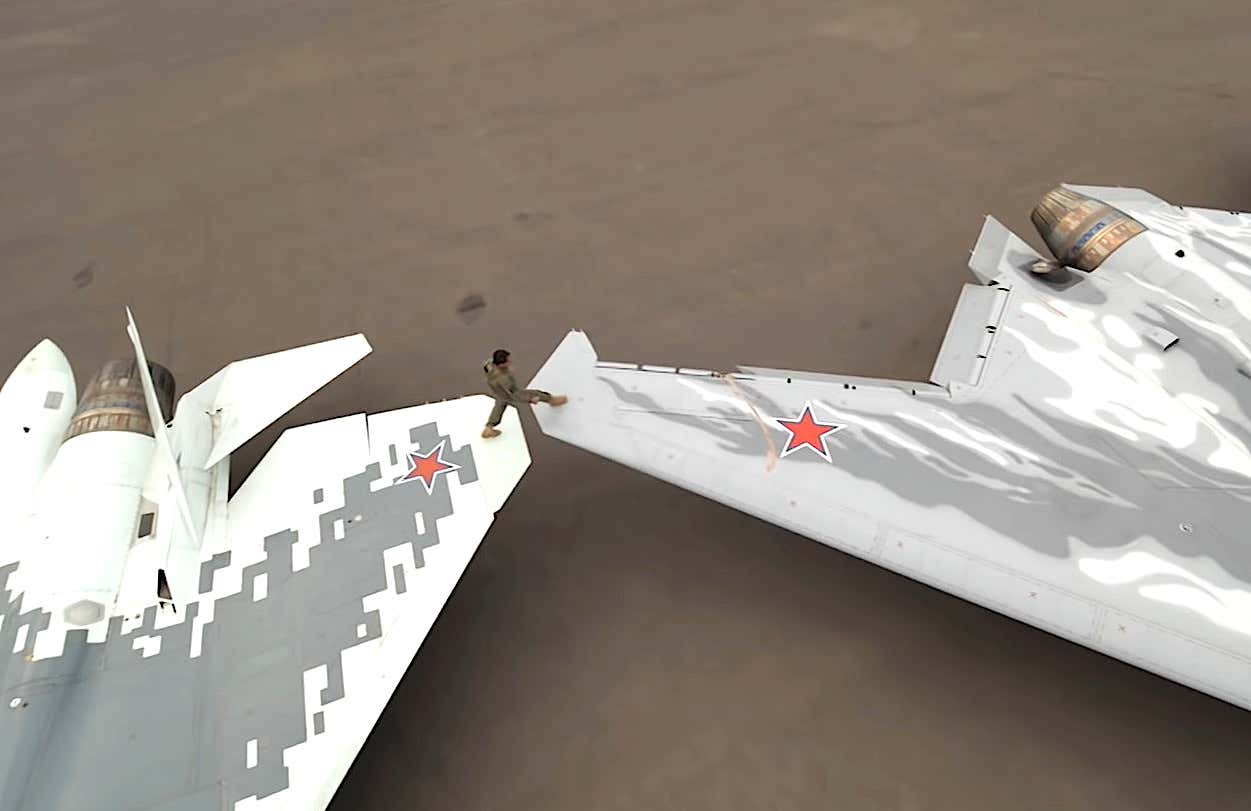
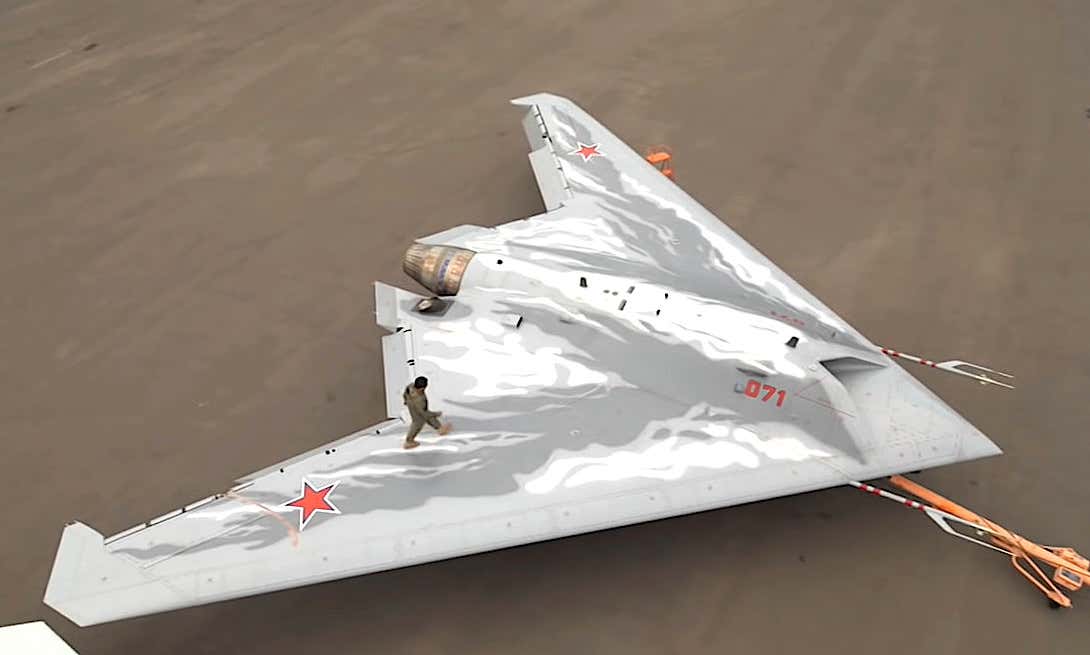
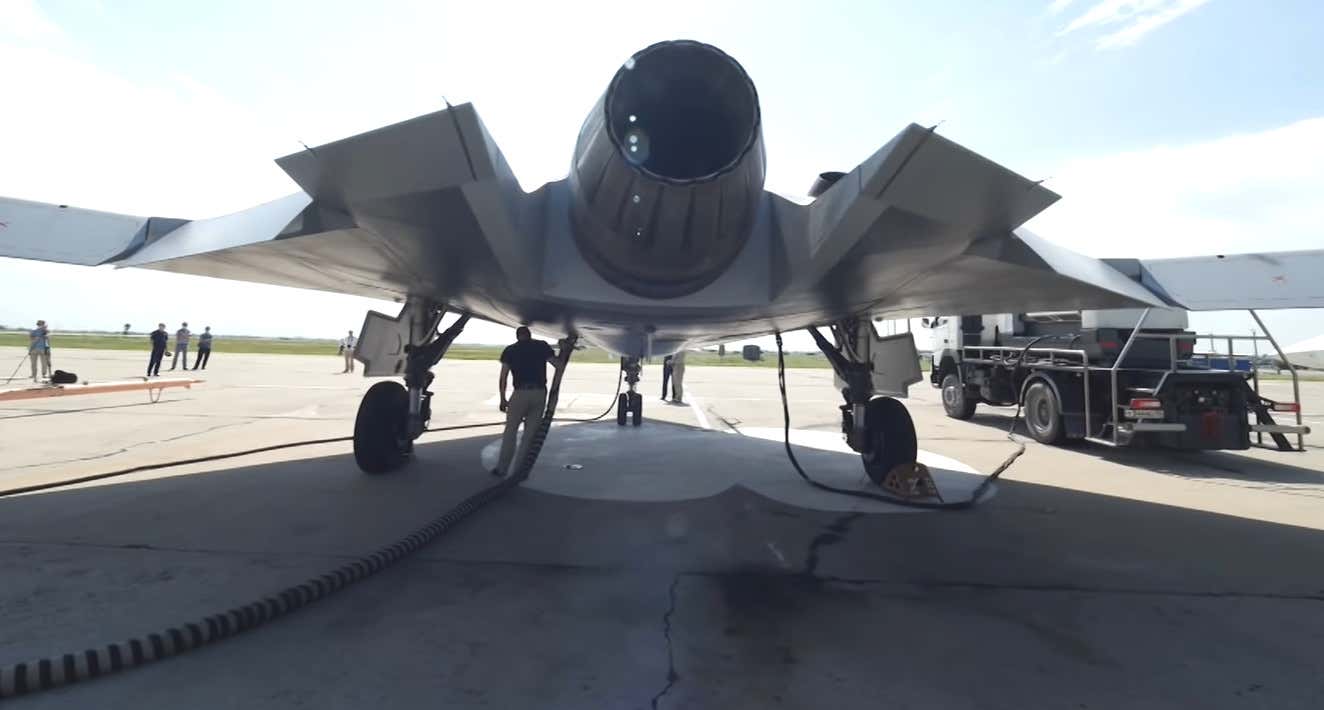
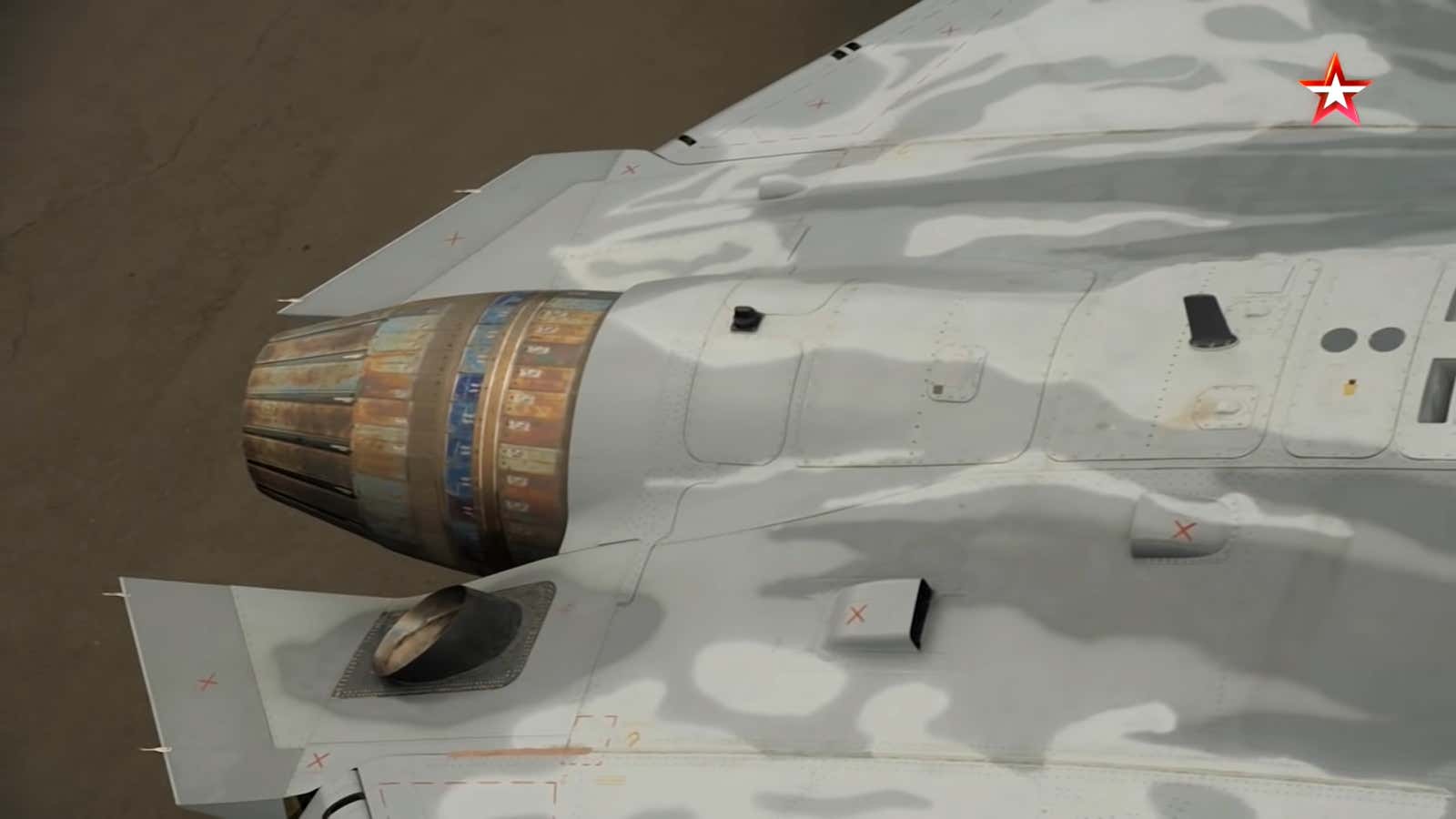
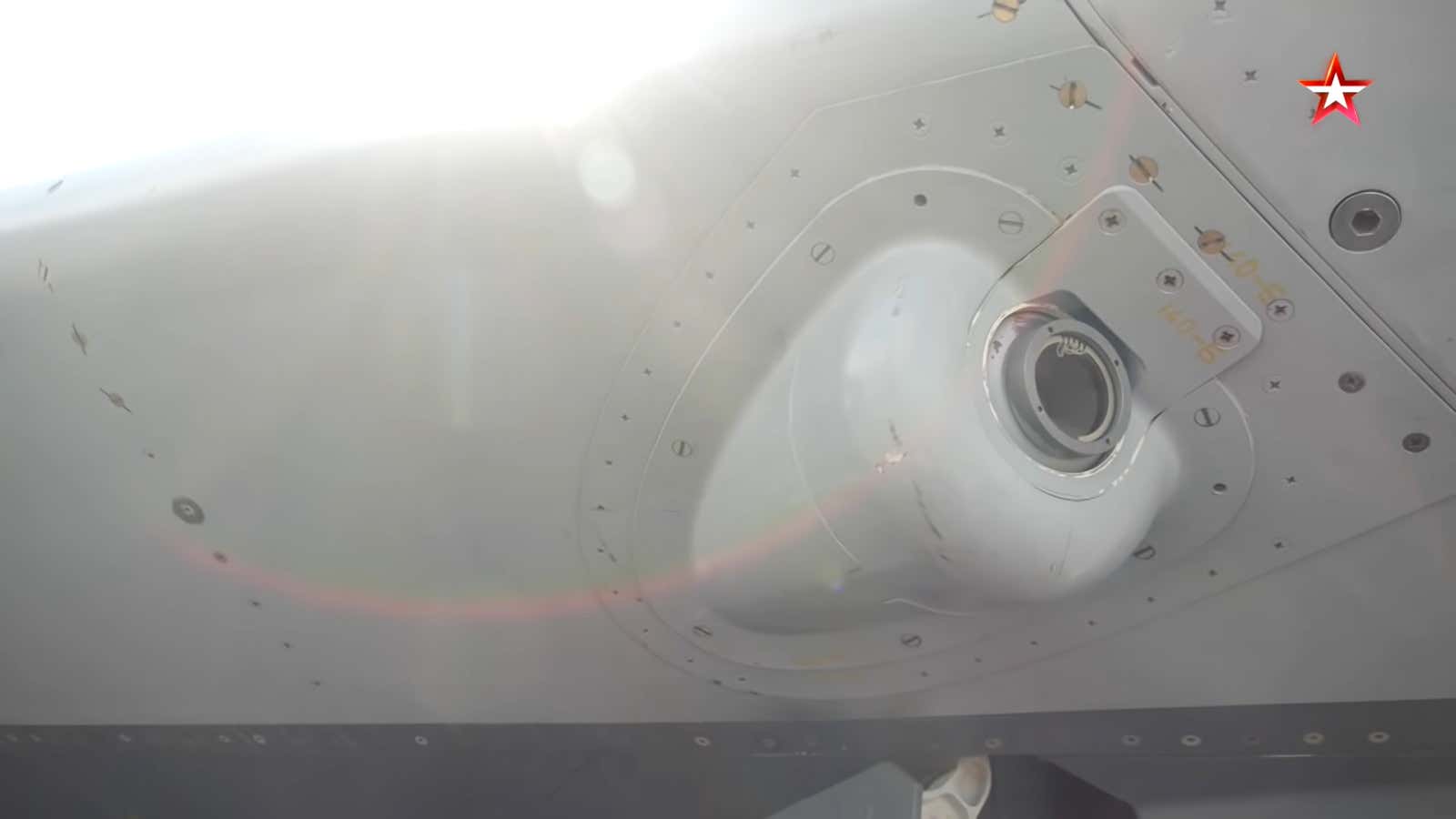
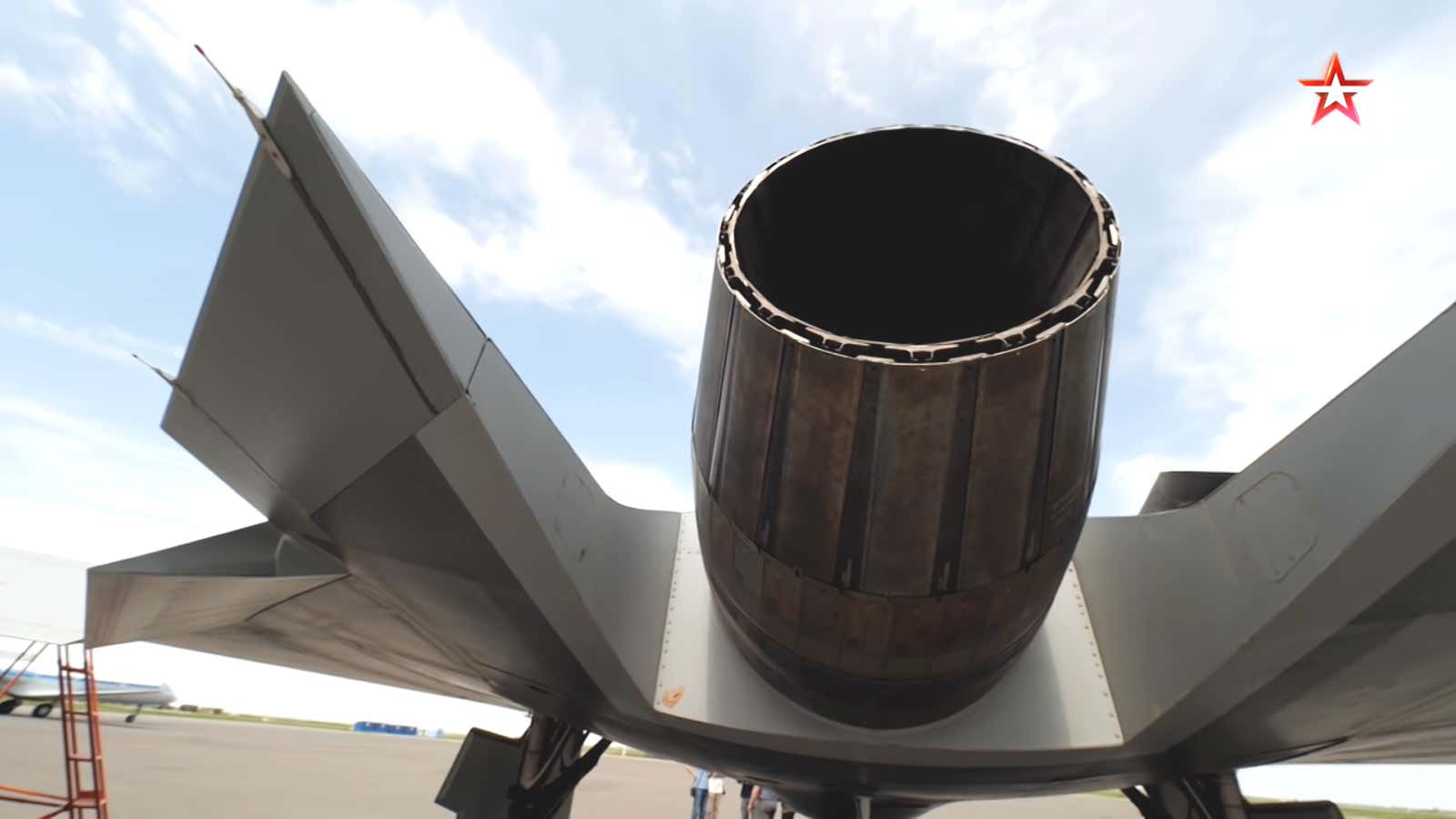
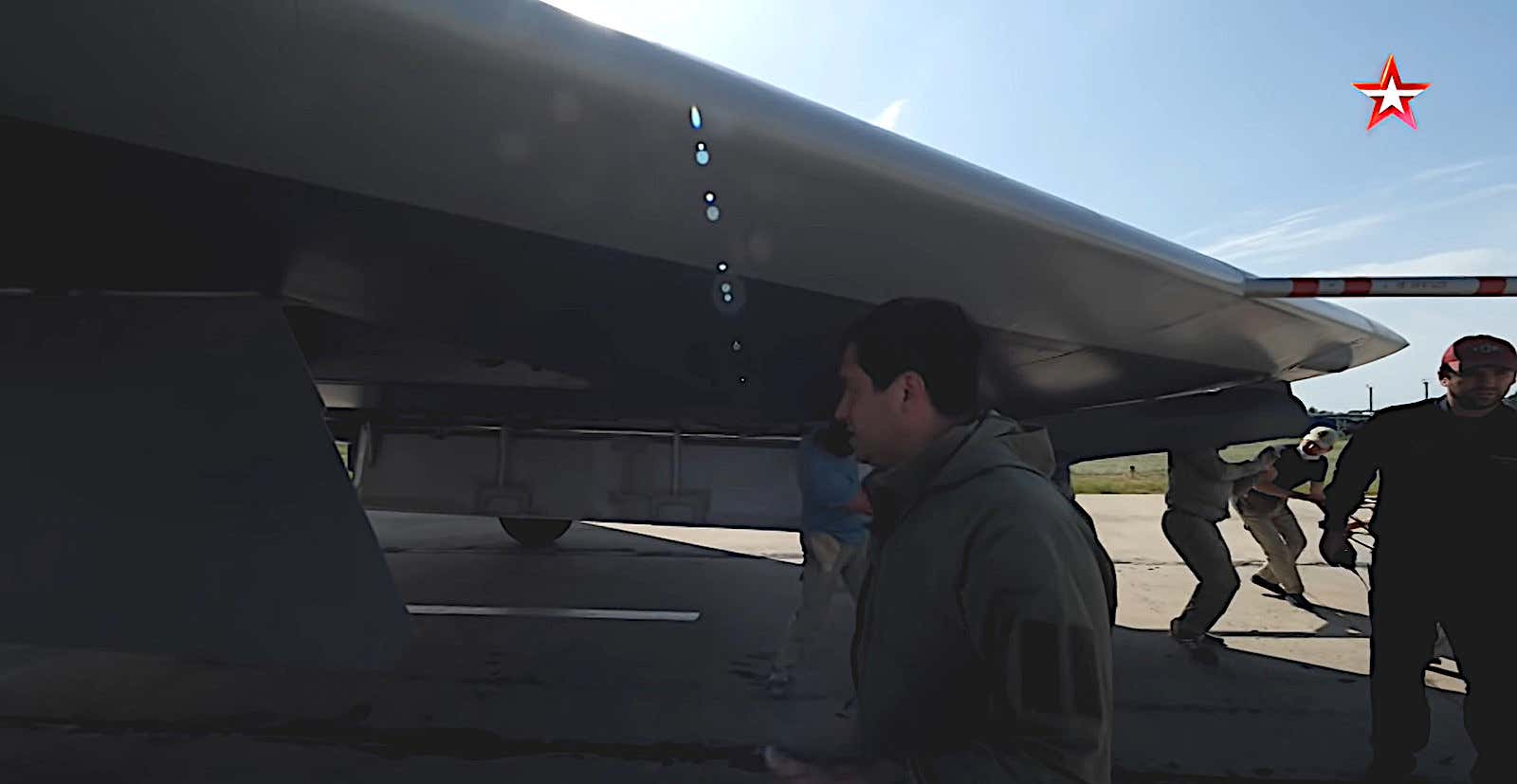
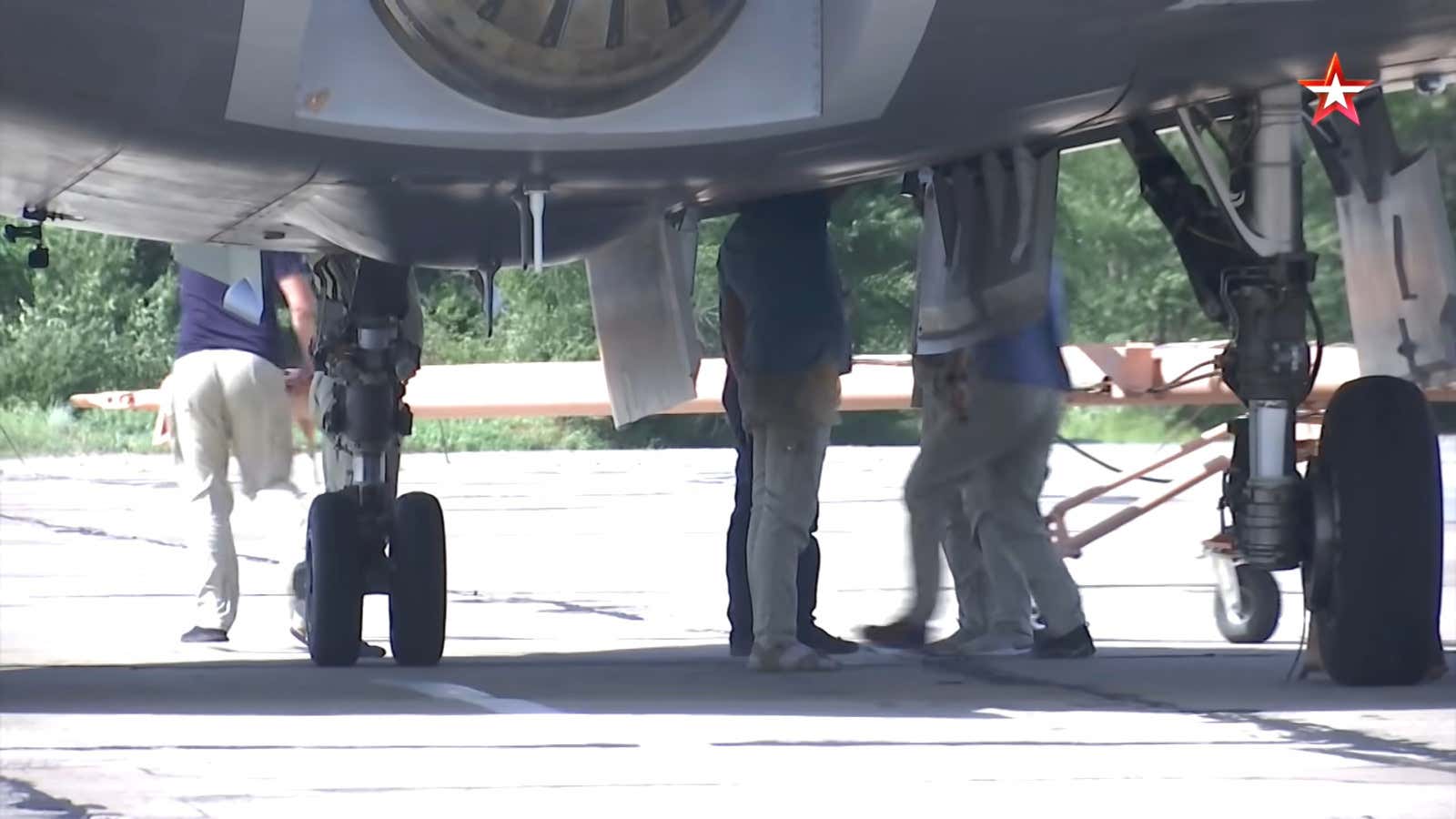
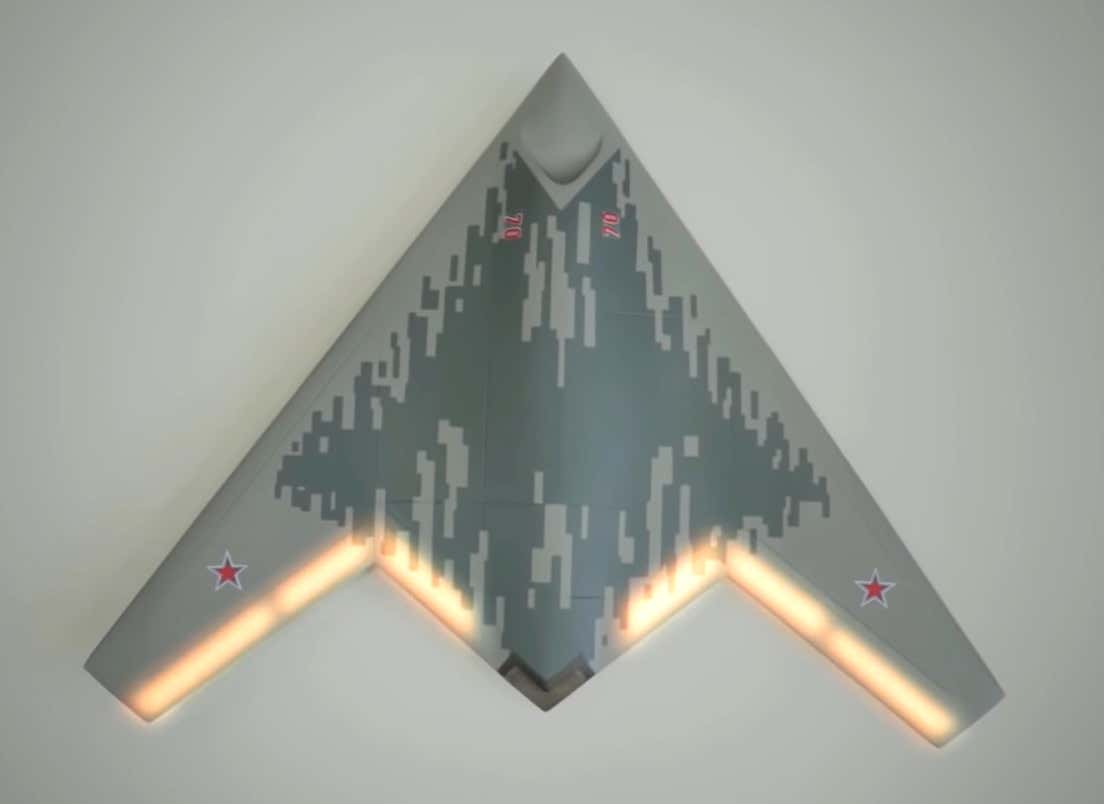



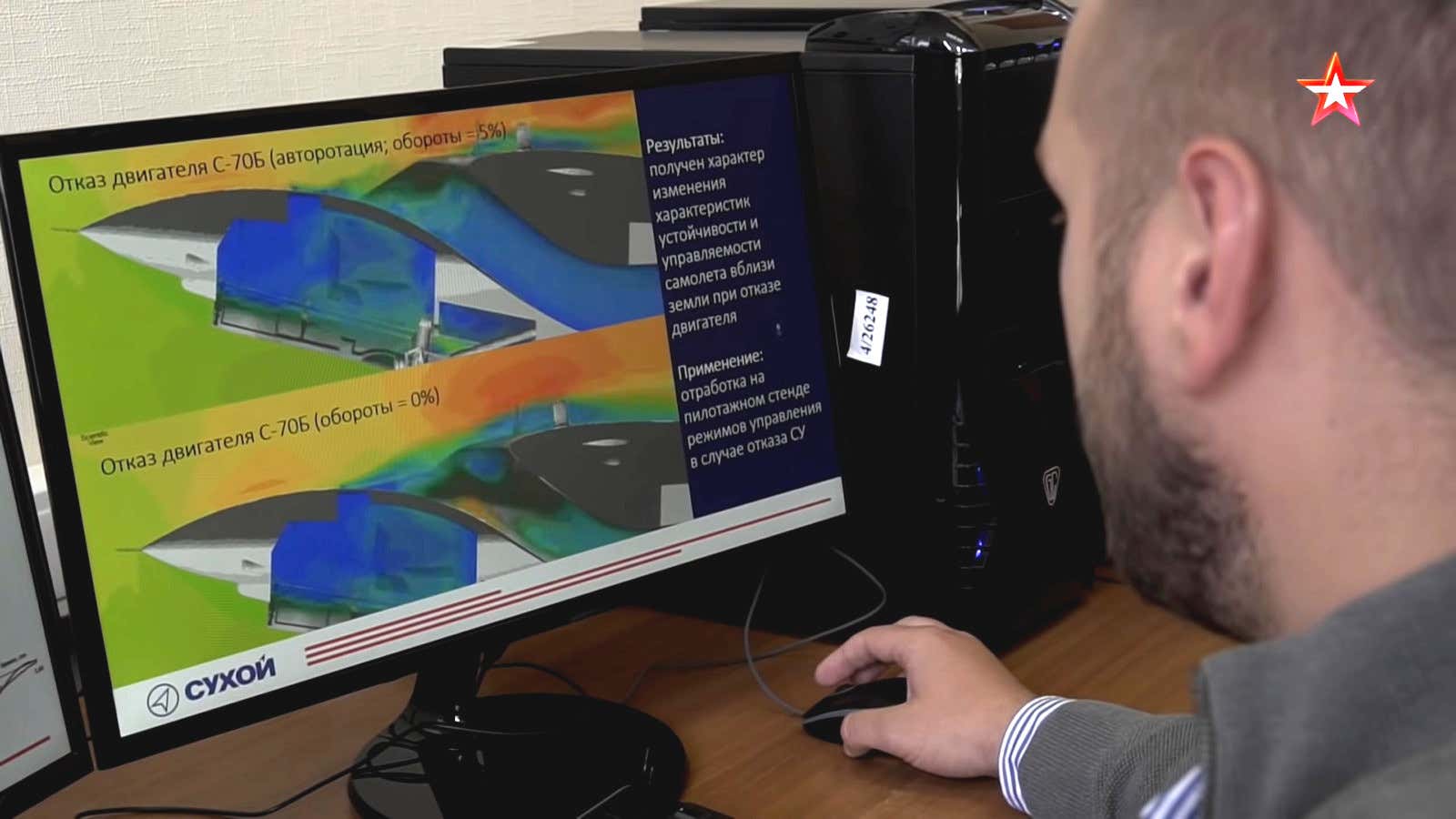
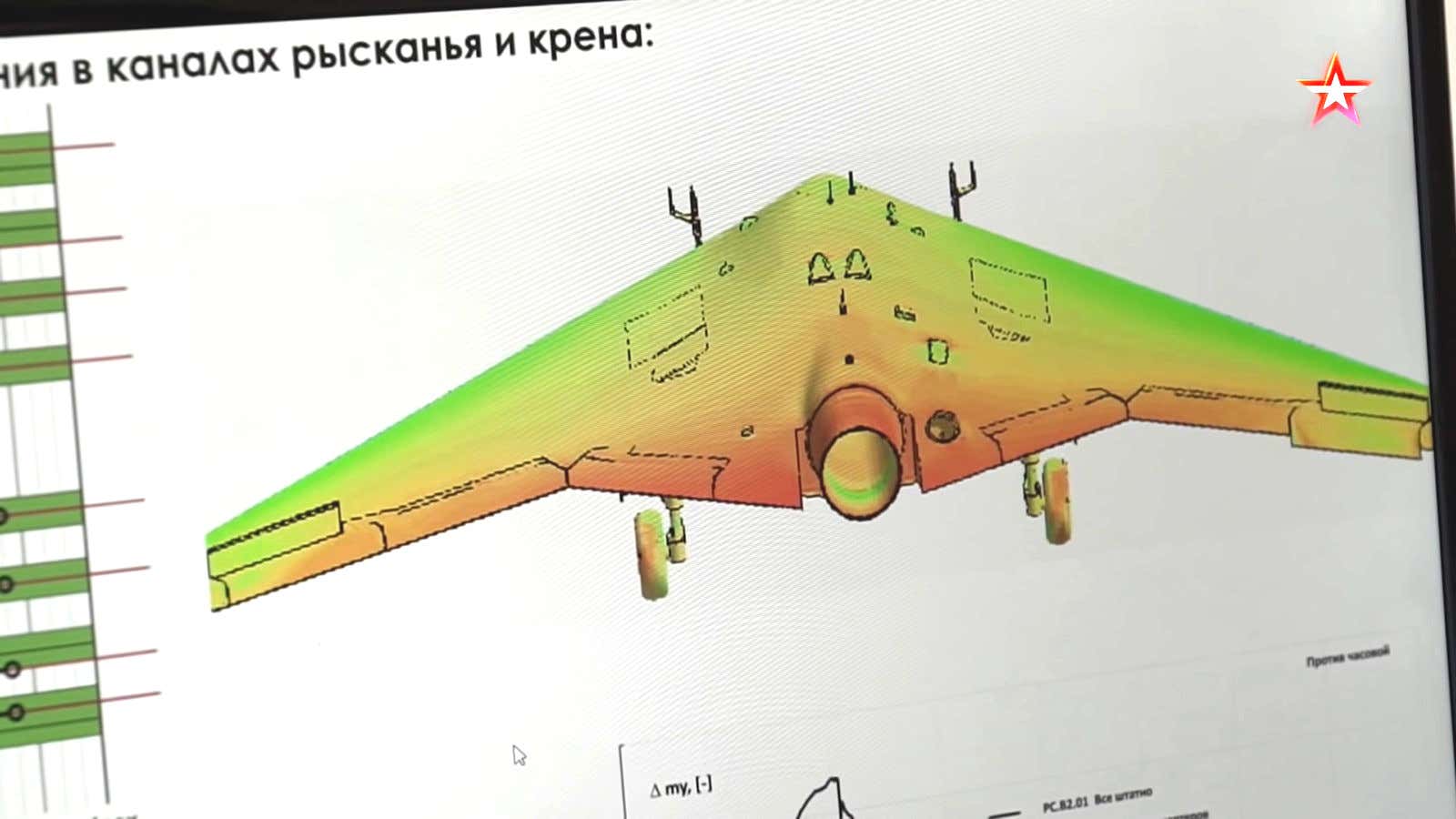
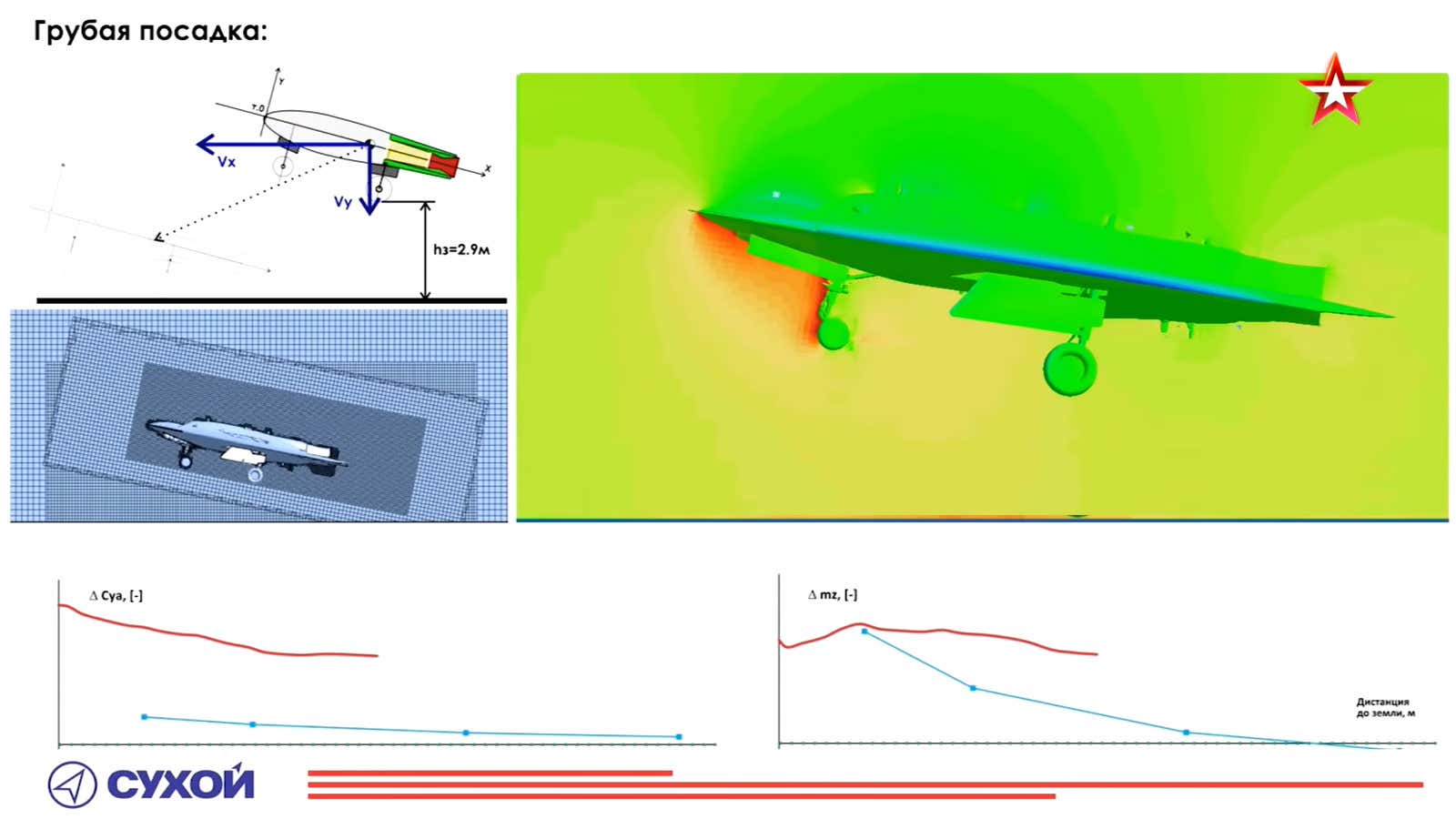
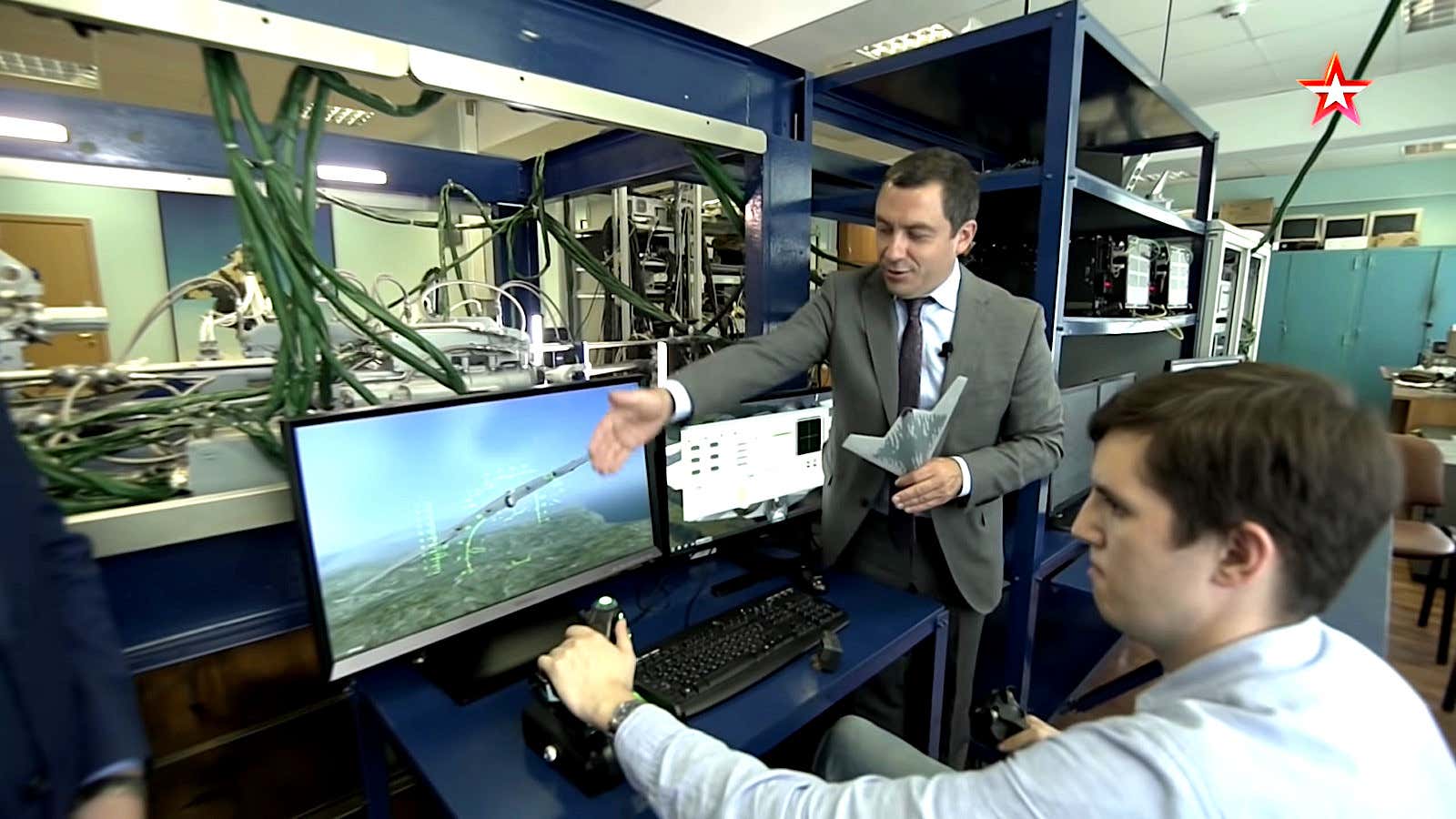

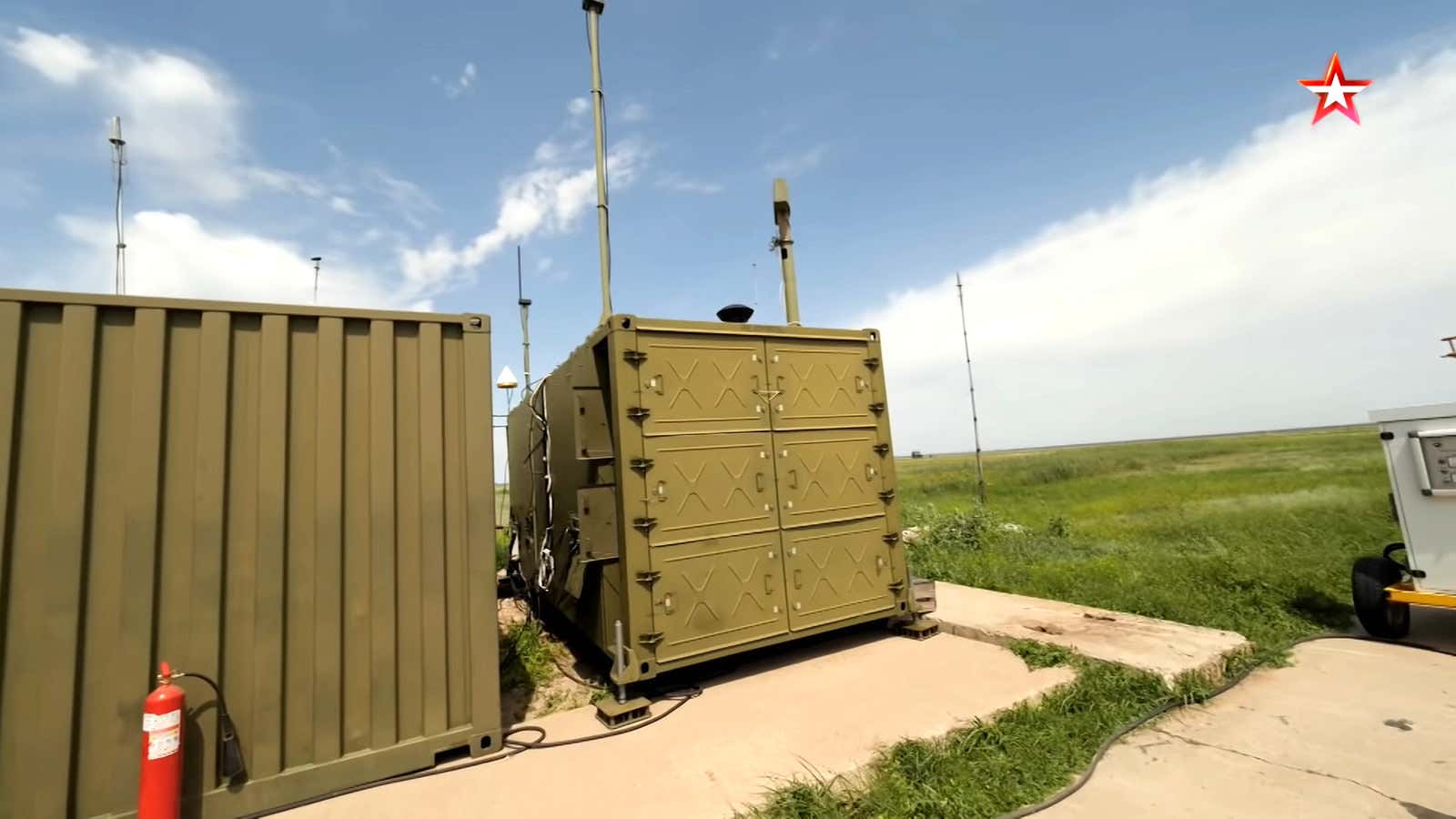
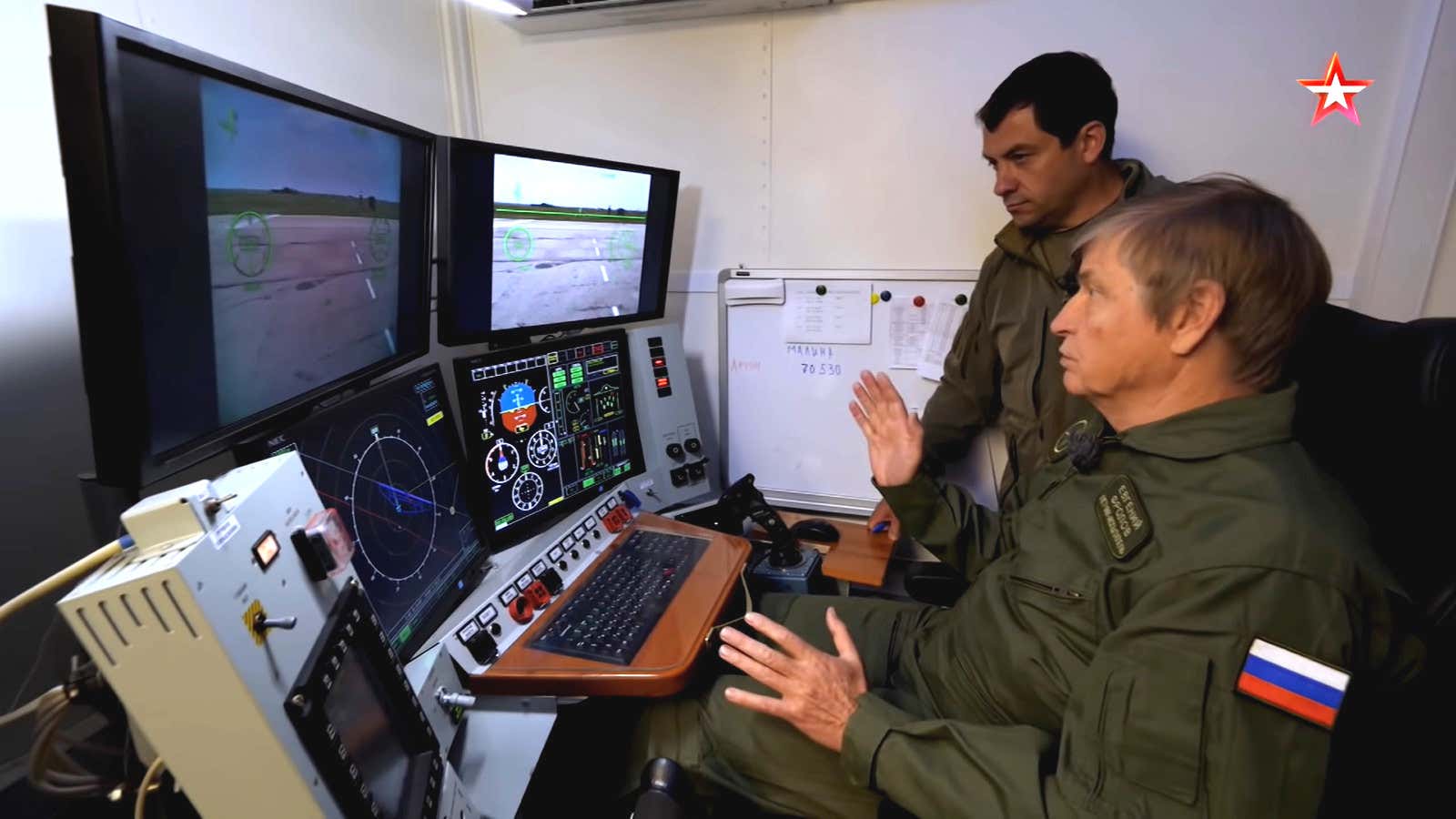
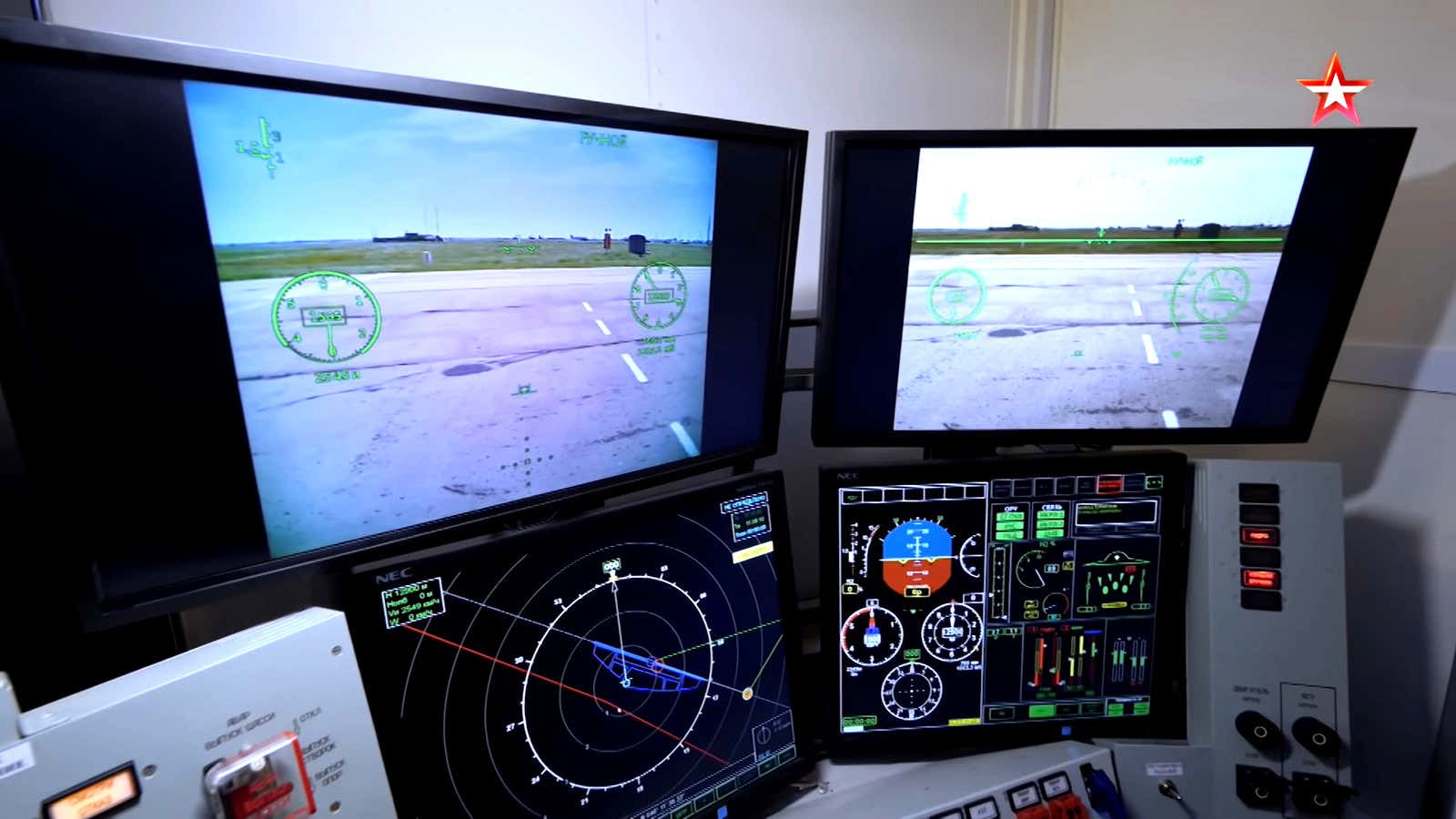
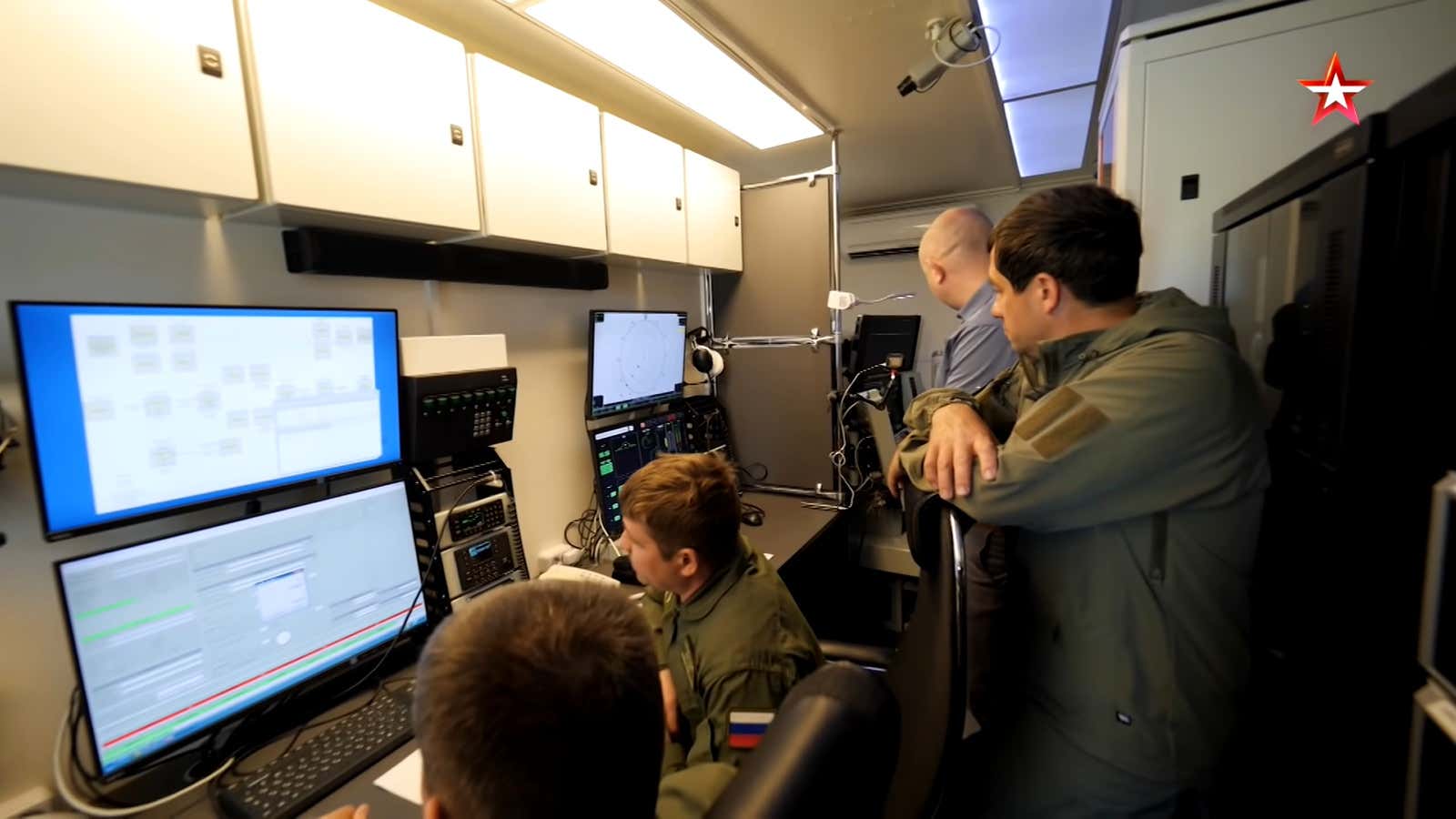
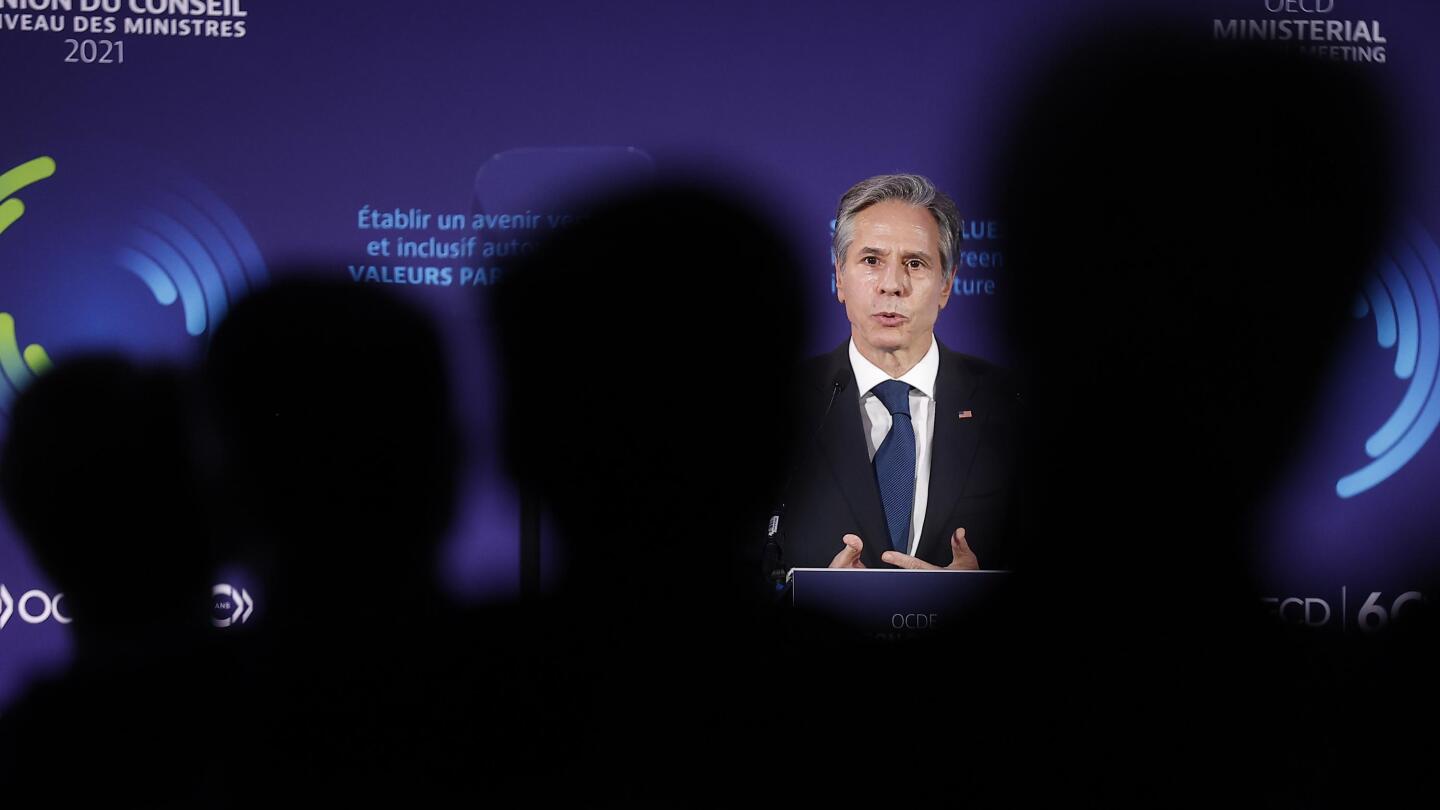




/cloudfront-us-east-2.images.arcpublishing.com/reuters/FBZRJZXDJNLV7GPMZ2ROP3T6Z4.jpg)
